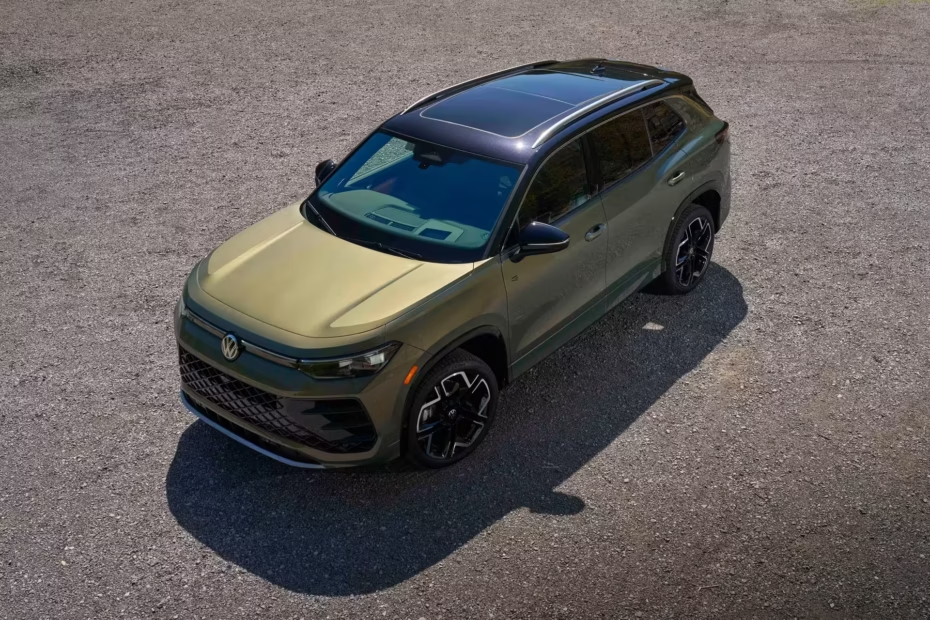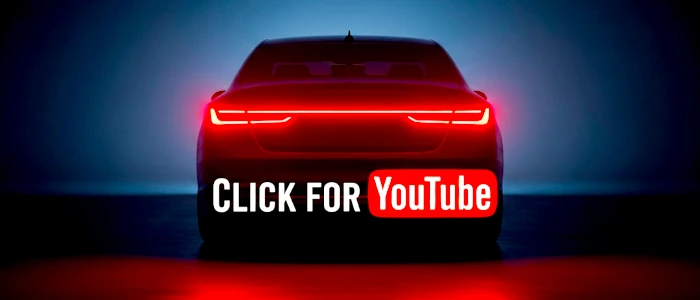Volkswagen presents the third generation of its popular mid-size SUV, the Tiguan, with the 2026 model introducing a revolution in design, technology, and comfort. Focusing on the top-of-the-line SEL R-Line version, this detailed analysis covers the technical specifications and key features that define this significant global release.
The New Face of the Tiguan: Updated Design and Platform
Abandoning the straight lines of the previous generation, the new 2026 Volkswagen Tiguan adopts a more curvaceous and aerodynamic look. The front is marked by IQ.Light Matrix LED headlights, connected by a light strip that incorporates the illuminated VW logo, a detail that is echoed at the rear, giving the vehicle a modern and sophisticated visual signature.
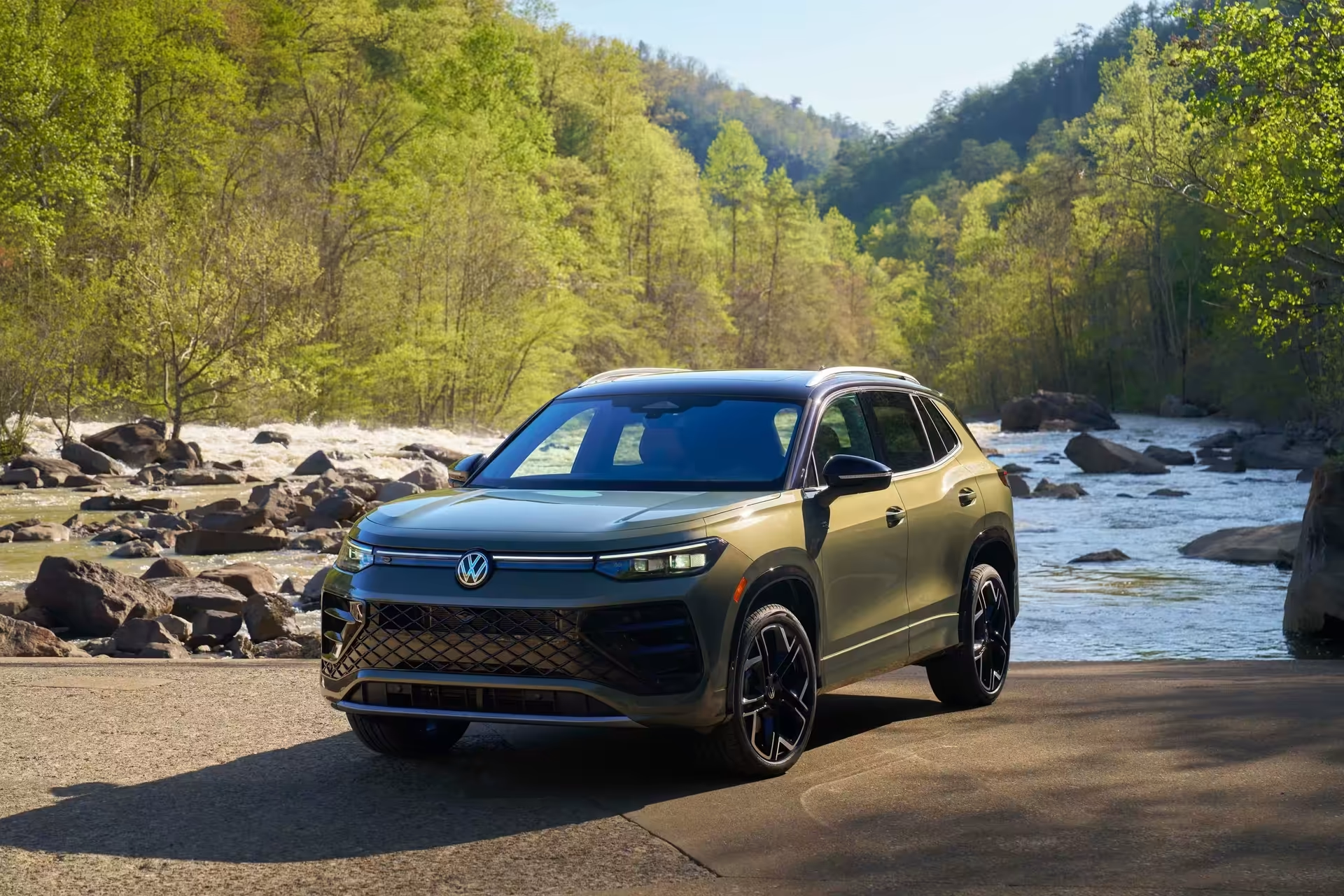
Built on the advanced MQB Evo platform, the SUV is significantly lighter—about 170 pounds less than its predecessor. This weight reduction, combined with an improved drag coefficient (Cx) dropping from 0.33 to an impressive 0.28, promises notable improvements in performance and, most importantly, fuel efficiency, while also reducing wind noise at high speeds.
Quality Leap: Luxurious and High-Tech Interior
Addressing criticism regarding the finish of the previous generation, Volkswagen has substantially raised the standard of the Tiguan 2026’s interior. High-quality materials are evident throughout the cabin, including genuine wood accents in more equipped versions, like the SEL R-Line. Attention to fit and finish and the absence of cheap-looking plastics create a genuinely premium atmosphere.
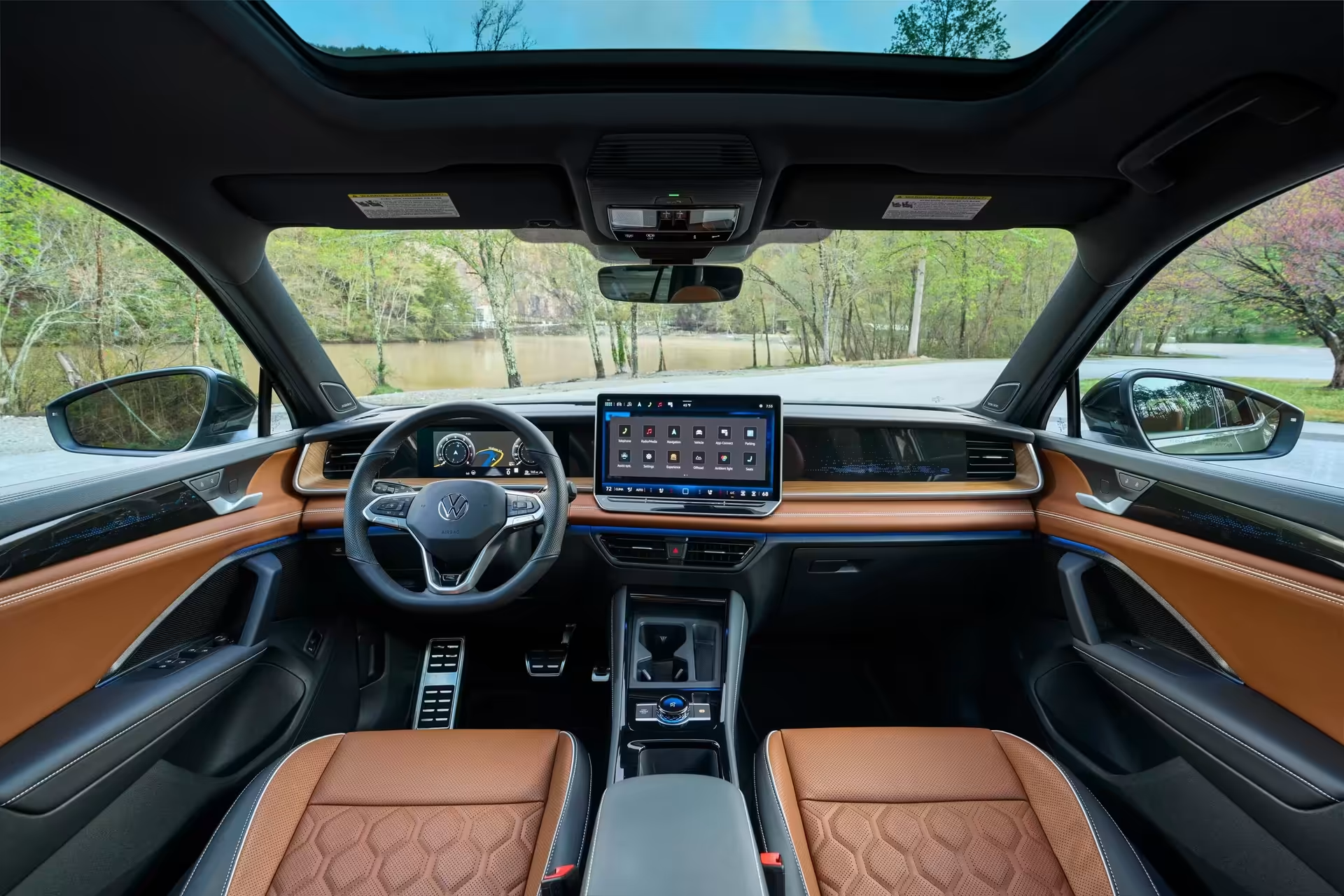
Technology dominates the dashboard: all versions feature a 10.25-inch digital instrument panel (Digital Cockpit Pro) and a standard 12.9-inch MIB4 multimedia central display. The SEL R-Line version goes further, offering a massive 15-inch touchscreen. The center console has been redesigned, with the gear lever moved to the steering column, freeing up useful space for storage. Listening to customer feedback, VW has reintroduced physical buttons on the steering wheel and dedicated controls for the windows, improving ergonomics.
The ambiance is enhanced by configurable ambient lighting in up to 30 colors and backlit details on the dashboard. Modern conveniences such as wireless smartphone charging and an innovative configurable digital knob in the console (for drive modes and other functions) complete the tech package, bringing the Tiguan closer to higher-category models.
Under the Hood: Engine and Performance (SEL R-Line)
The 2026 Tiguan SEL R-Line aimed at the Americas (including the USA) comes equipped with the 2.0 TSI engine from the EA888 Evo4 family. This gasoline turbo engine delivers 204 horsepower and a robust torque of 239 lb-ft (320 Nm), available at low revs. This configuration represents an increase in power compared to the previous model (which had about 186 horsepower).
Pared with an 8-speed automatic transmission with a torque converter (Aisin), which replaces the 7-speed DSG used in Europe for a smoother experience, the powertrain ensures agile performance. Acceleration from 0 to 60 mph is estimated at around 7.1 seconds, an excellent figure for a family SUV. All-wheel drive 4MOTION comes standard on the SEL R-Line, providing safety and grip in various road conditions. The top speed is electronically limited at approximately 142 mph.
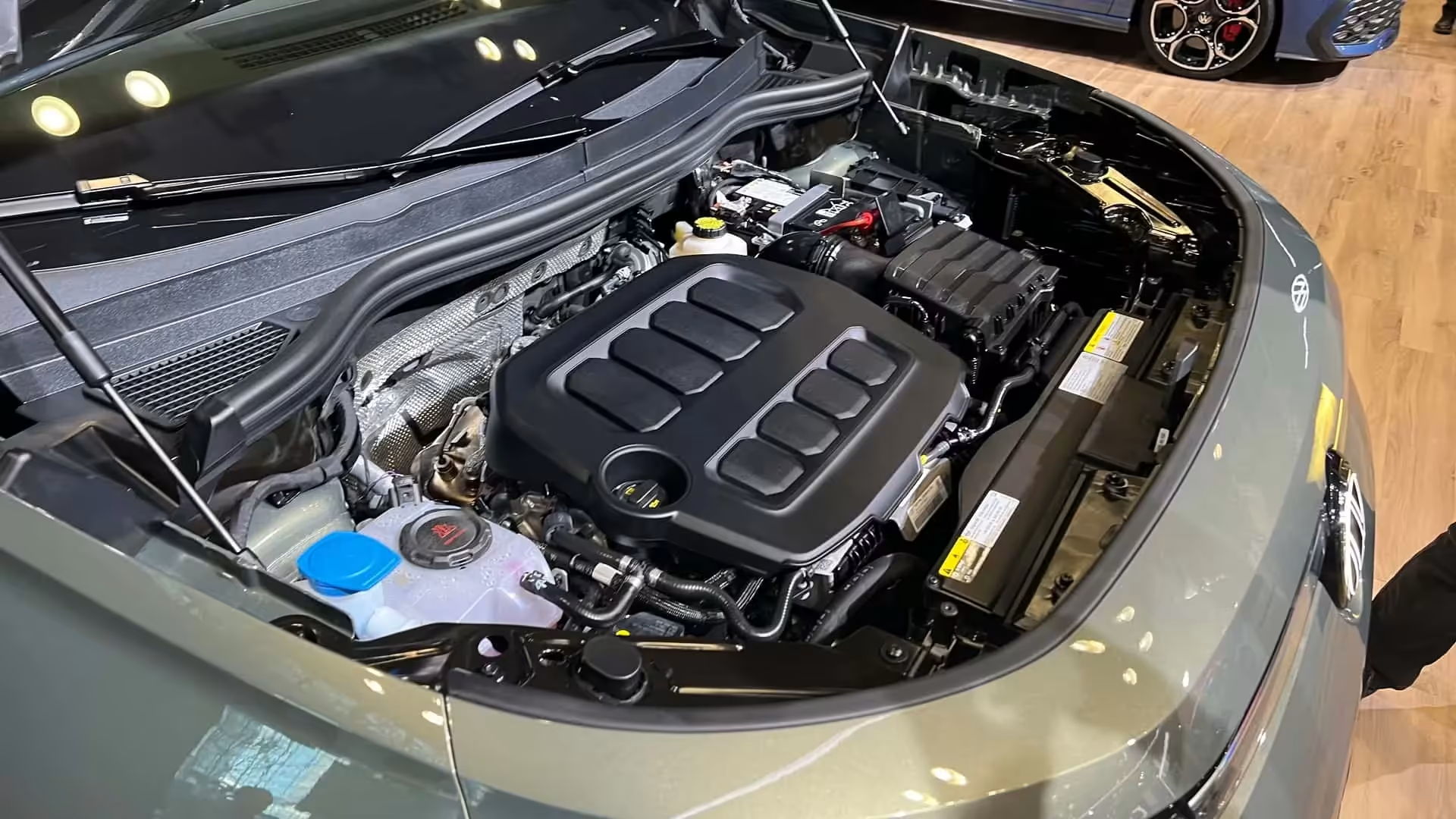
It’s important to note regional variations: in Europe, the Tiguan predominantly uses the 7-speed DSG transmission and offers 1.5 eTSI (mild-hybrid), 2.0 TDI (diesel) engines, and powerful eHybrid (plug-in) versions with up to 62 miles of electric driving range. However, these electrified options are not initially planned for the American or Brazilian markets in the SEL R-Line version, which remains purely combustion-engine fueled.
Comfort First: Ride Quality and Suspension
The engineering of the new Tiguan clearly focuses on ride comfort. The DCC Pro adaptive suspension (optional or standard on higher trims like the R-Line) has been enhanced with dual-stage shock absorbers, working in conjunction with electronic differentials to optimize stability without sacrificing smoothness. The result is a soft ride that absorbs road imperfections exceptionally well, making everyday driving more enjoyable.
This comfort-oriented tuning means that while safe and stable, the 2026 Tiguan does not have a sporty feel. There is noticeable body roll in faster corners, indicating that the priority was safety and predictability over extreme agility. The electric steering is light and progressive, and the brakes are well-modulated. Acoustic insulation has also improved, contributing to a more refined and quiet driving experience, aligned with European standards.
Space and Practicality: Dimensions and the End of the 3rd Row
A significant strategic change in the new generation is the seating configuration. The 2026 Tiguan sold in the Americas (based on the long-wheelbase version) will exclusively be a 5-seater. Volkswagen decided to abandon the 7-seat option (which existed in the previous Tiguan Allspace), admitting that the third row was cramped and impractical. This shift focuses on providing excellent space for five occupants.
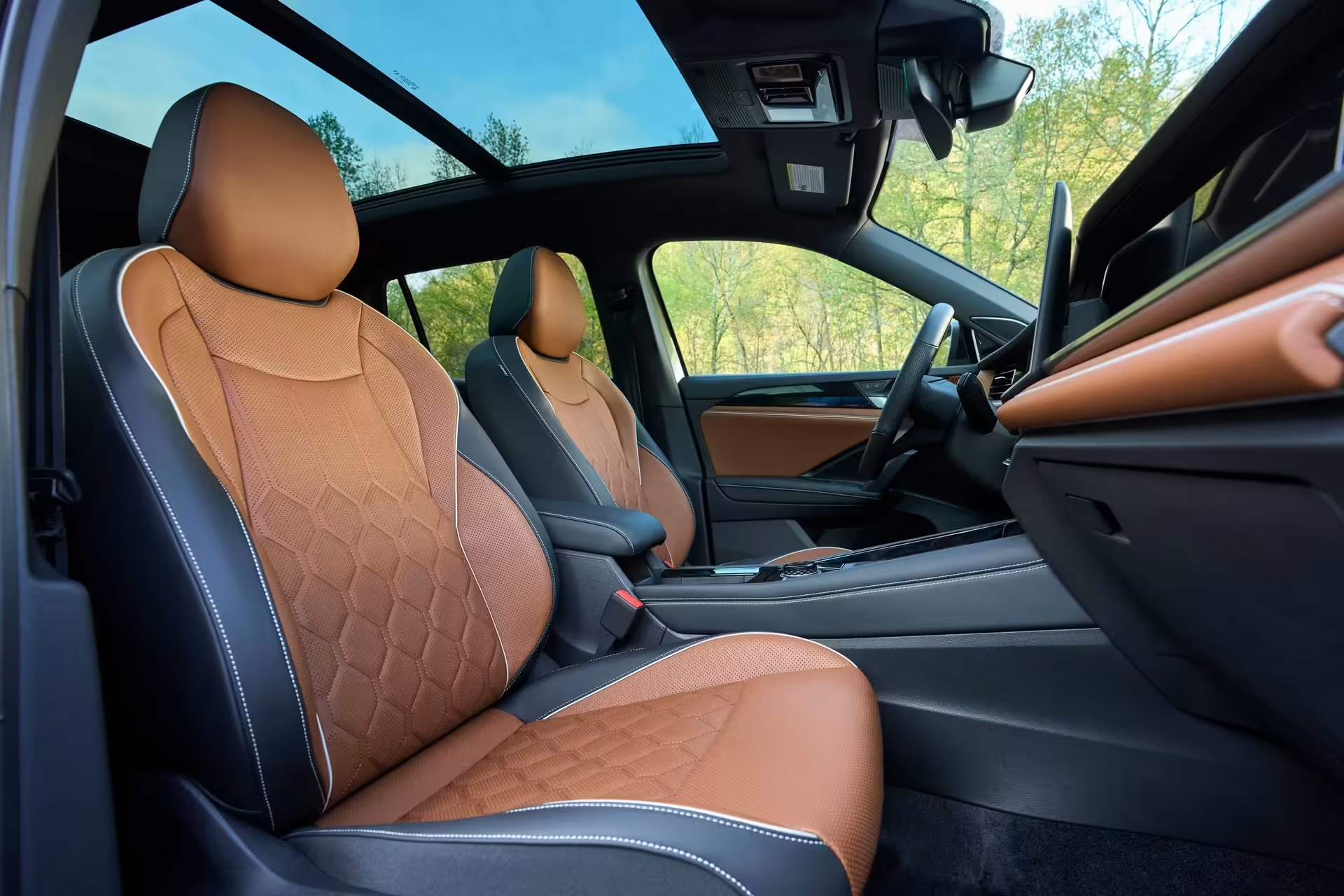
The long version of the Tiguan (identified as SEL R-Line in the USA) features a generous wheelbase of 109.5 inches, ensuring ample rear legroom. The trunk is one of the highlights, with a declared capacity of approximately 31.2 cubic feet (885 liters), surpassing most direct competitors. By folding the rear seats (40/20/40), the maximum volume reaches an impressive 67.8 cubic feet (1,920 liters).
Key Dimensions (Long Version – SEL R-Line)
| Feature | Approximate Measurement |
|---|---|
| Length | 15.4 feet (4.68 meters) |
| Width (excluding mirrors) | 6.1 feet (1.85 meters) |
| Height | 5.4 feet (1.66 meters) |
| Wheelbase | 9.2 feet (2.79 meters) |
| Trunk (5 seats) | ~31.2 cubic feet (885 liters) (up to the ceiling) |
For those needing 7 seats, VW directs buyers to larger models like the Atlas (USA) or the Tayron (Europe/China). Notably, the model called Tayron in Europe is essentially the long-version Tiguan, offered there with a 7-seat option. In the Americas, they chose to keep the name Tiguan for this long body configuration, but only with 5 seats.
Enhanced Safety: 10 Airbags and Advanced Assistance
Safety has seen a significant leap in the 2026 Tiguan. In addition to stability and traction controls, the SUV now comes equipped with 10 airbags: front, front side, rear side, curtain (covering both rows), and a driver’s knee airbag, along with a central front airbag to prevent collisions between front occupants. This number exceeds most direct competitors.
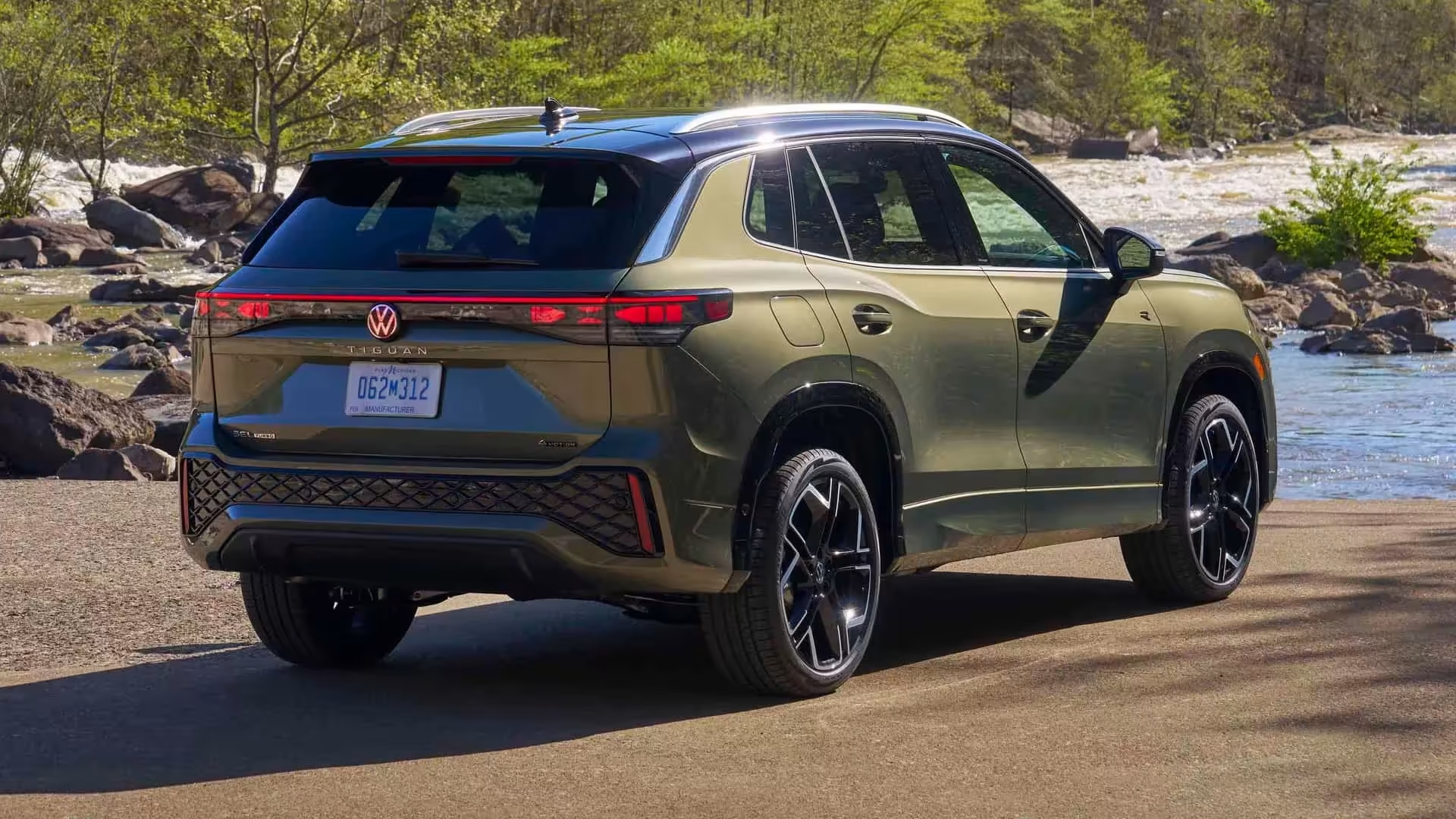
The IQ.Drive suite of driving assists has also been expanded and refined, offering Level 2 semi-autonomous driving features. It includes adaptive cruise control (ACC) with Stop & Go and lane centering functionality (Travel Assist), autonomous emergency braking with pedestrian and cyclist detection (Front Assist), blind spot alert (Side Assist) with rear cross-traffic assist, lane keeping assist (Lane Assist), traffic sign recognition, and automatic high beams. The SEL R-Line version adds a 360° camera (Area View) and automatic parking assistant (Park Assist), which can even be controlled remotely via an app.
Key IQ.Drive Safety Technologies
- Adaptive Cruise Control (ACC)
- Lane Keeping Assist
- Autonomous Emergency Braking
- Blind Spot Monitoring
- 360° Camera (Area View)
- Remote Parking Assistant
- Traffic Sign Recognition
- IQ.Light Matrix LED Headlights
Cutting-Edge Technology: Connectivity and Infotainment
The new Tiguan debuts the latest generation of Volkswagen’s infotainment system (MIB4), running on the VW.OS operating system. The interface is fast, intuitive (despite the prevalence of touch commands), and visually appealing on the large 12.9 or 15-inch screens. Connectivity is comprehensive, with wireless mirroring for Android Auto and Apple CarPlay, Bluetooth, multiple USB-C ports (including fast 45W charging), and native GPS navigation with online updates.
The vehicle offers connected services via the VW Car-Net app, allowing remote functions such as locking/unlocking, location, vehicle status, and even parking maneuvers (in permitted markets). The premium Harman Kardon sound system with 12 speakers and a subwoofer (standard on the SEL R-Line) ensures an immersive audio experience. Other technological highlights include a Head-Up Display (HUD) that projects information onto the windshield and a wireless charger for smartphones.
Pros and Cons: What We Love and What Could Improve
The Volkswagen Tiguan SEL R-Line 2026 impresses in many ways, but like any vehicle, it has its strengths and weaknesses.
Positive Aspects of the Tiguan 2026
- Premium and Spacious Interior
- Cutting-Edge Technology (Screens, HUD)
- Exceptional Ride Comfort
- Strong Performance (2.0 TSI)
- Comprehensive Safety Package
- Gigantic Trunk
Points to Consider (Cons)
- Only Reasonable Fuel Consumption
- Lack of Hybrid Option (Americas)
- Potential Maintenance Costs
- Very Digital Interface (Learning Curve)
- Not Particularly Sporty Handling
- Loss of the 7-seat Option
Detailed Technical Specifications: 2026 VW Tiguan SEL R-Line
Here are the essential technical details for the top-of-the-line version aimed at the Americas:
Essential Technical Specifications
| Specification | Detail |
|---|---|
| Engine | 2.0 TSI (EA888 Evo4) Gasoline |
| Power | 204 hp (@ ~5000 rpm) |
| Torque | 239 lb-ft / 320 Nm (@ 1650-4350 rpm) |
| Transmission | 8-speed Automatic (Torque Converter) |
| Drive | 4MOTION All-Wheel Drive (Standard SEL R-Line) |
| 0-60 mph | ~7.1 seconds |
| Fuel Consumption (WLTP Combined) | ~30.4 mpg (≈12.8 km/L) |
| Dimensions (L/W/H/WB) | 15.4 feet / 6.1 feet / 5.4 feet / 9.2 feet |
| Trunk | ~31.2 cubic feet (up to ceiling) |
| Curb Weight | ~3,700 pounds (1,680 kg) |
Global Pricing and Positioning (Estimates)
The pricing positioning of the new Tiguan varies by market and local taxes, but the SEL R-Line version sits at the top of the range.
In the United States, the official starting price (MSRP) for the Tiguan SEL R-Line 4Motion 2025/2026 begins at $41,180 (excluding fees). In China, where the model is called Tayron L, an equivalent R-Line version costs around ¥290,000, roughly $42,000. In Japan, the top-of-the-line R-Line version (with TDI engine) costs about ¥6.53 million, or approximately $48,000. These figures place the Tiguan SEL R-Line in direct competition with the more equipped versions of rivals like the Toyota RAV4 Hybrid and Honda CR-V Hybrid, and slightly below entry-level premium SUVs.
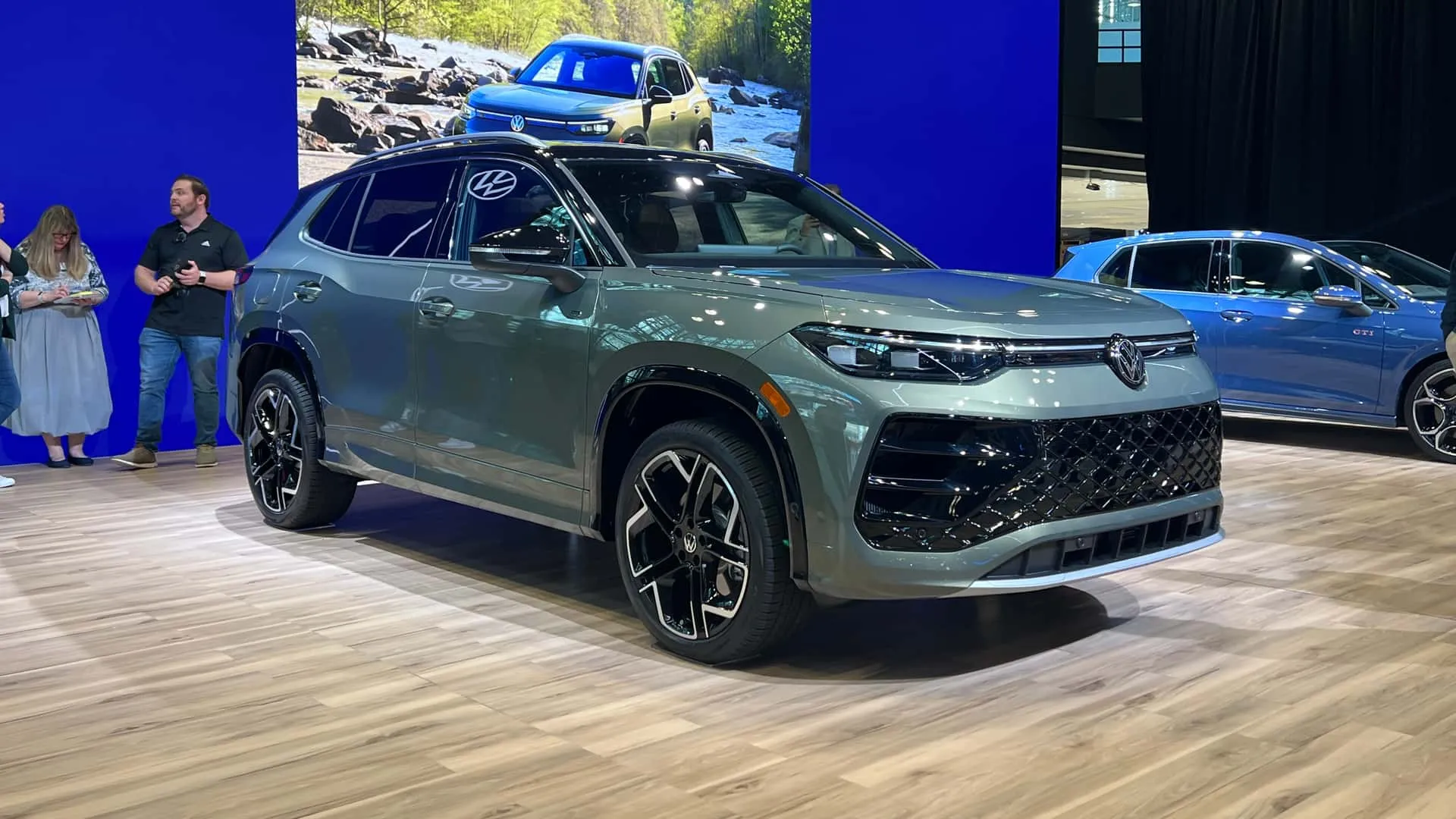
Estimated Price Range (SEL R-Line)
- United States: Starting at $41,180
- China (Tayron L): Approximately $42,000
- Japan (R-Line TDI): Approximately $48,000
Head-to-Head: Tiguan vs. Rivals (RAV4 and CR-V)
Compared to global sales leaders, the Tiguan SEL R-Line 2026 aims to stand out with luxury and technology. Against the Toyota RAV4 Hybrid, the VW offers a more sophisticated interior, larger screens, more comfort features (massaging seats), and safety (10 airbags). The performance of the 2.0 turbo is slightly superior in acceleration, but the RAV4 Hybrid wins hands down in fuel economy and has a strong reputation for reliability. The Tiguan does have more trunk space.
Facing the Honda CR-V Hybrid, the Tiguan again has the advantage in interior finish, embedded technology (HUD, 15″ screen), and the turbo engine performance (slightly faster). The 4MOTION all-wheel drive is standard on the R-Line, while in the CR-V it may be optional. On the flip side, the CR-V Hybrid is significantly more fuel-efficient and offers excellent interior space, especially for rear legroom. Honda also boasts a strong reputation for reliability and low maintenance costs. The Tiguan R-Line tends to be slightly more expensive than the CR-V Touring Hybrid.
The choice between them will depend on buyer priorities: the Tiguan attracts those seeking a premium environment, cutting-edge technology, and superior comfort, while the RAV4 and CR-V are strong in efficiency (hybrids), practicality, and long-term value.
Understanding the Variations: Tiguan vs. Tayron and Engines
There may be some confusion due to Volkswagen’s naming strategy. The model sold as the 2026 Tiguan in the Americas (with a long-wheelbase of 109.5 inches and 5 seats) is essentially the same vehicle called Tayron in Europe and China. In Europe, the name “Tiguan” is retained for the shorter-wheelbase version (105.5 inches), which will not be sold in the Americas. The European Tayron offers a 7-seat option, which is absent in the American Tiguan.
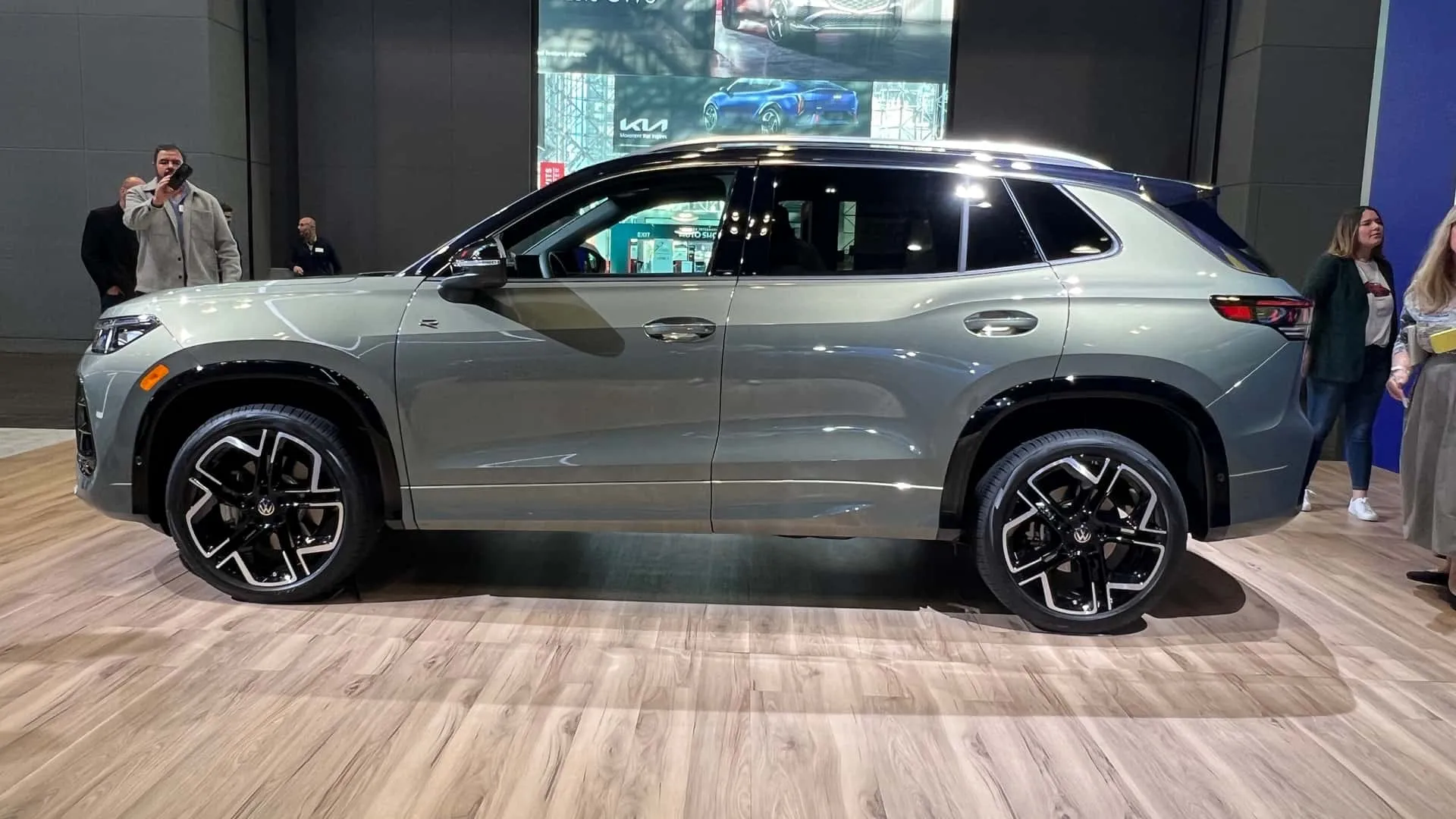
Additionally, the engine options differ significantly. While the Americas focus on the 2.0 TSI with 204 hp and 8-speed automatic transmission, Europe has a broader range, including 1.5 eTSI (mild-hybrid), 2.0 TDI (diesel) engines, and efficient eHybrid (plug-in) options, all typically paired with the 7-speed DSG transmission. It is crucial to check the exact specification for the local market when researching or purchasing.
Frequently Asked Questions (FAQ) about the New Tiguan
We answer some of the most common questions about the 2026 Volkswagen Tiguan:
Answering Your Questions
- Does the new 2026 Tiguan have 7 seats?
No, the new generation sold in the Americas is exclusively for 5 passengers, focusing on more space and comfort. For 7 seats, VW suggests models like the Atlas (USA) or the Tayron (Europe). - What engine does the 2026 SEL R-Line Tiguan have?
It uses a 2.0 TSI turbo gasoline engine with 204 hp and 320 Nm (239 lb-ft) of torque, paired with an 8-speed automatic transmission and 4MOTION all-wheel drive. - Is the 2026 Tiguan hybrid?
The SEL R-Line version sold in the Americas does not have a hybrid system. However, in Europe, eHybrid (plug-in) and eTSI (mild-hybrid) versions are available. - How much does the 2026 SEL R-Line Tiguan cost?
The starting price in the United States is $41,180 (MSRP). Prices vary significantly depending on the country, taxes, and optional equipment. - Has the interior of the new Tiguan really improved?
Yes, the improvement is significant. The cabin now uses higher-quality materials (leather, wood), has larger digital screens (up to 15 inches), sophisticated ambient lighting, and brought back physical buttons on the steering wheel for better usability.
The 2026 Volkswagen Tiguan SEL R-Line positions itself as a sophisticated, comfortable mid-size SUV packed with technology, seeking to attract buyers who value a premium environment and advanced features, even if this means higher fuel consumption than hybrid rivals and the absence of a third-row seating option. Stay tuned for more updates, detailed comparisons, and comprehensive tests as the model hits the markets!

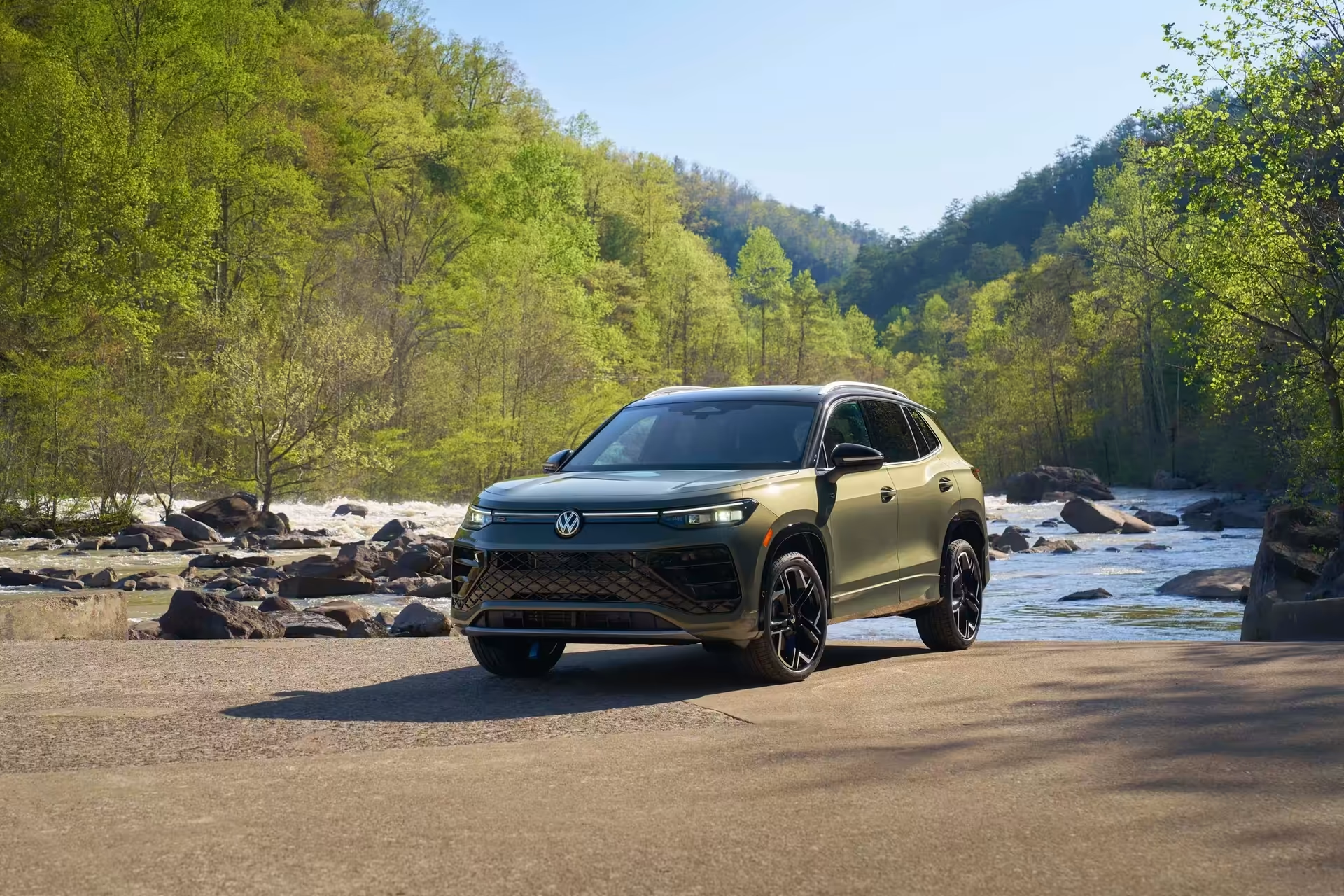
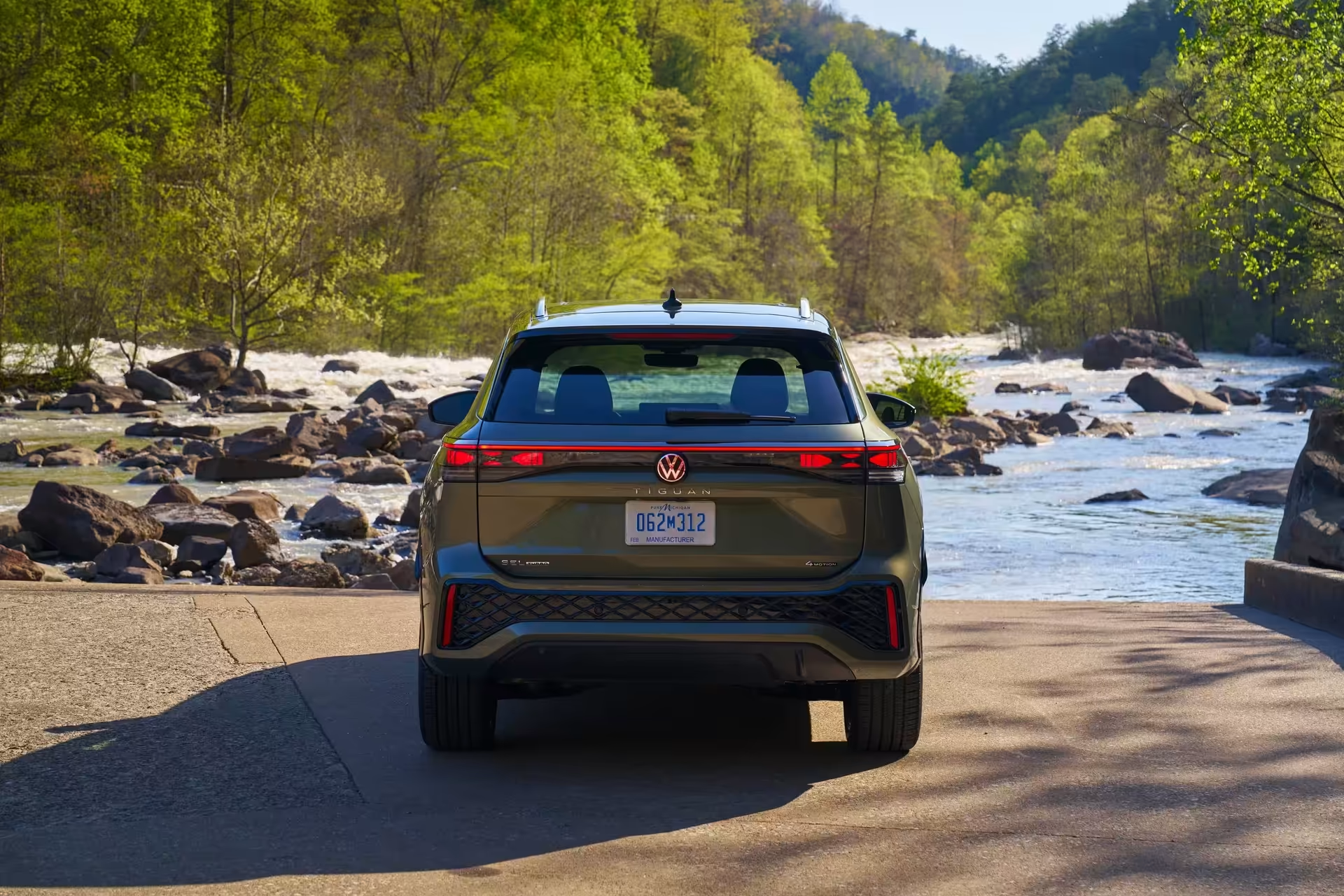
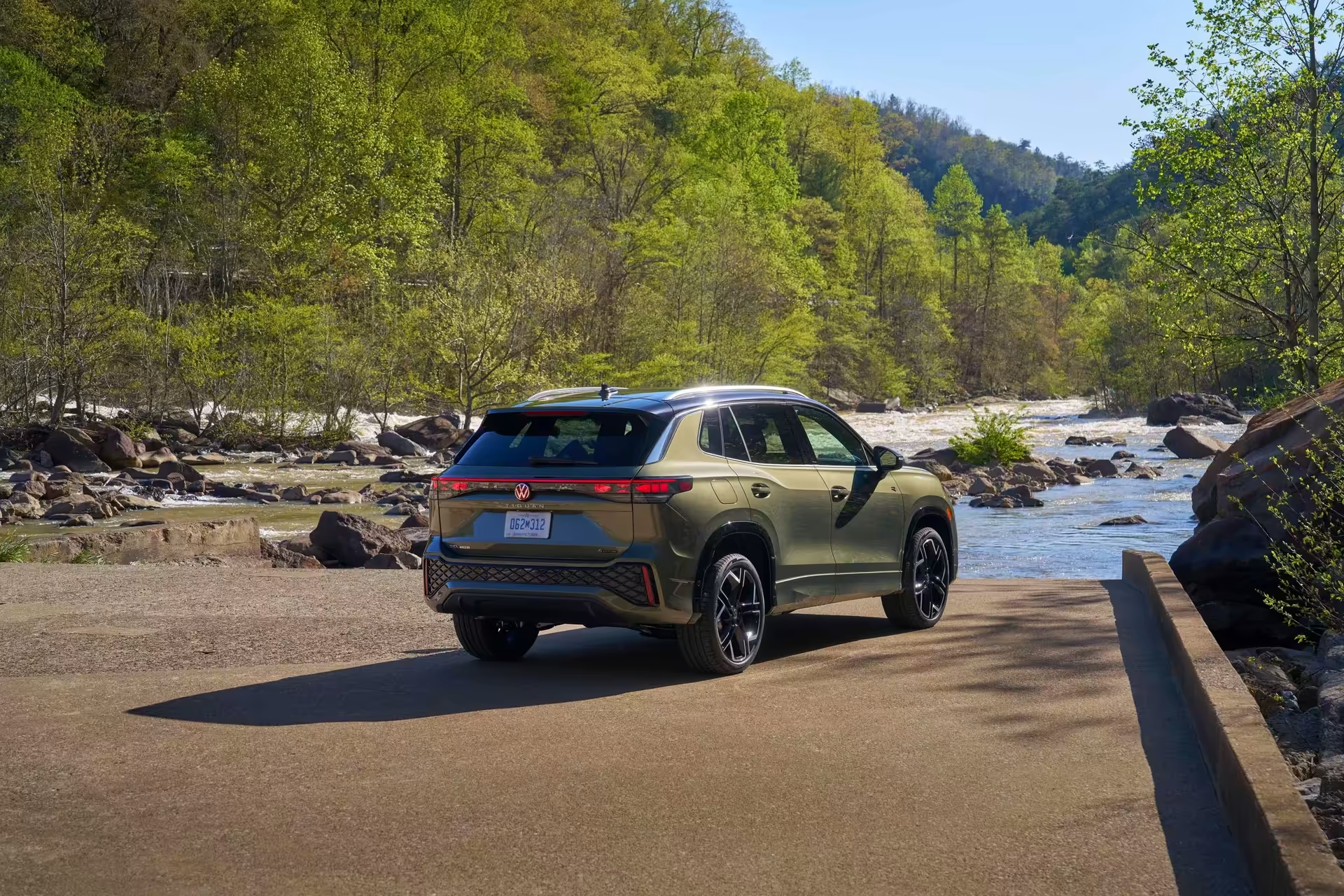
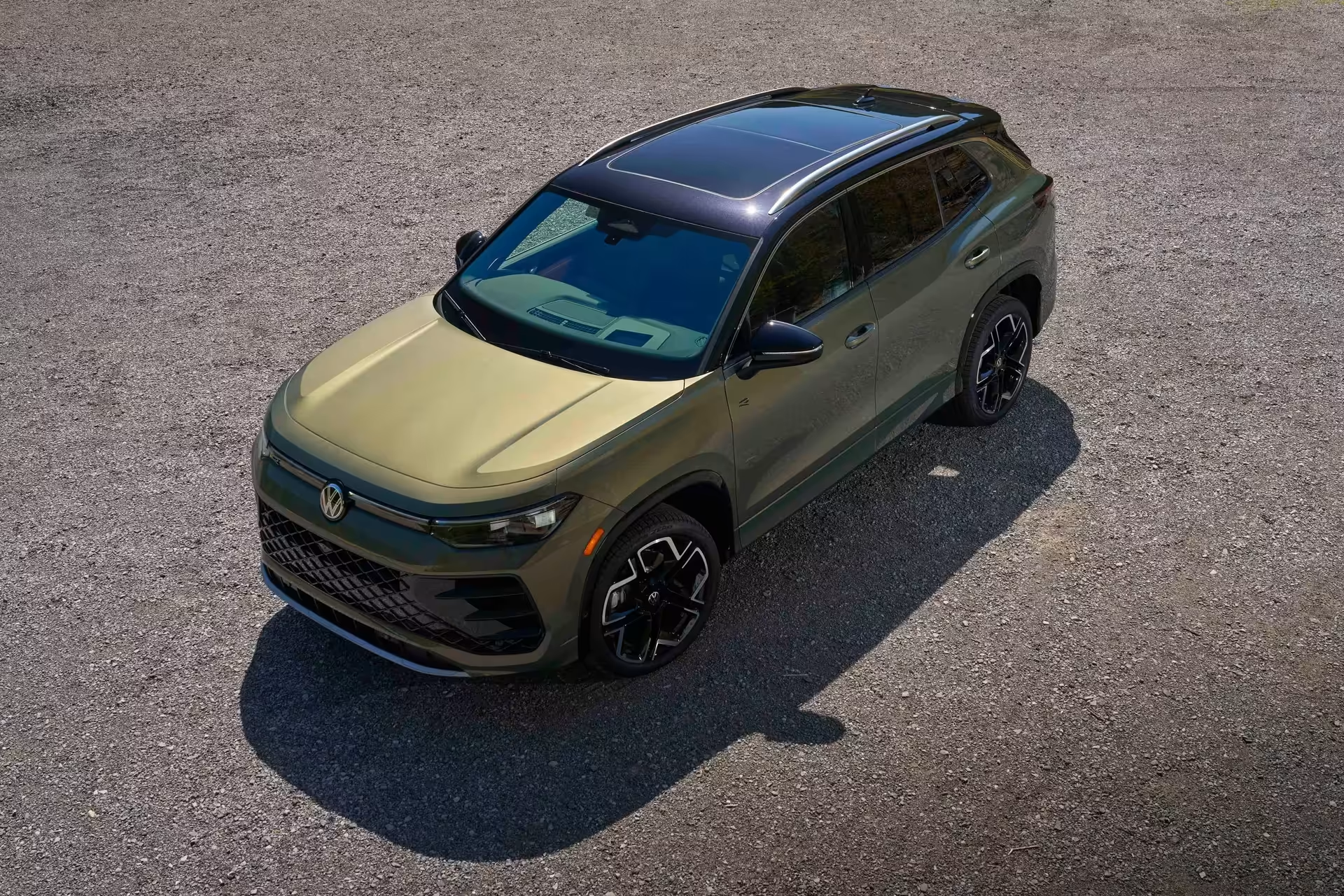
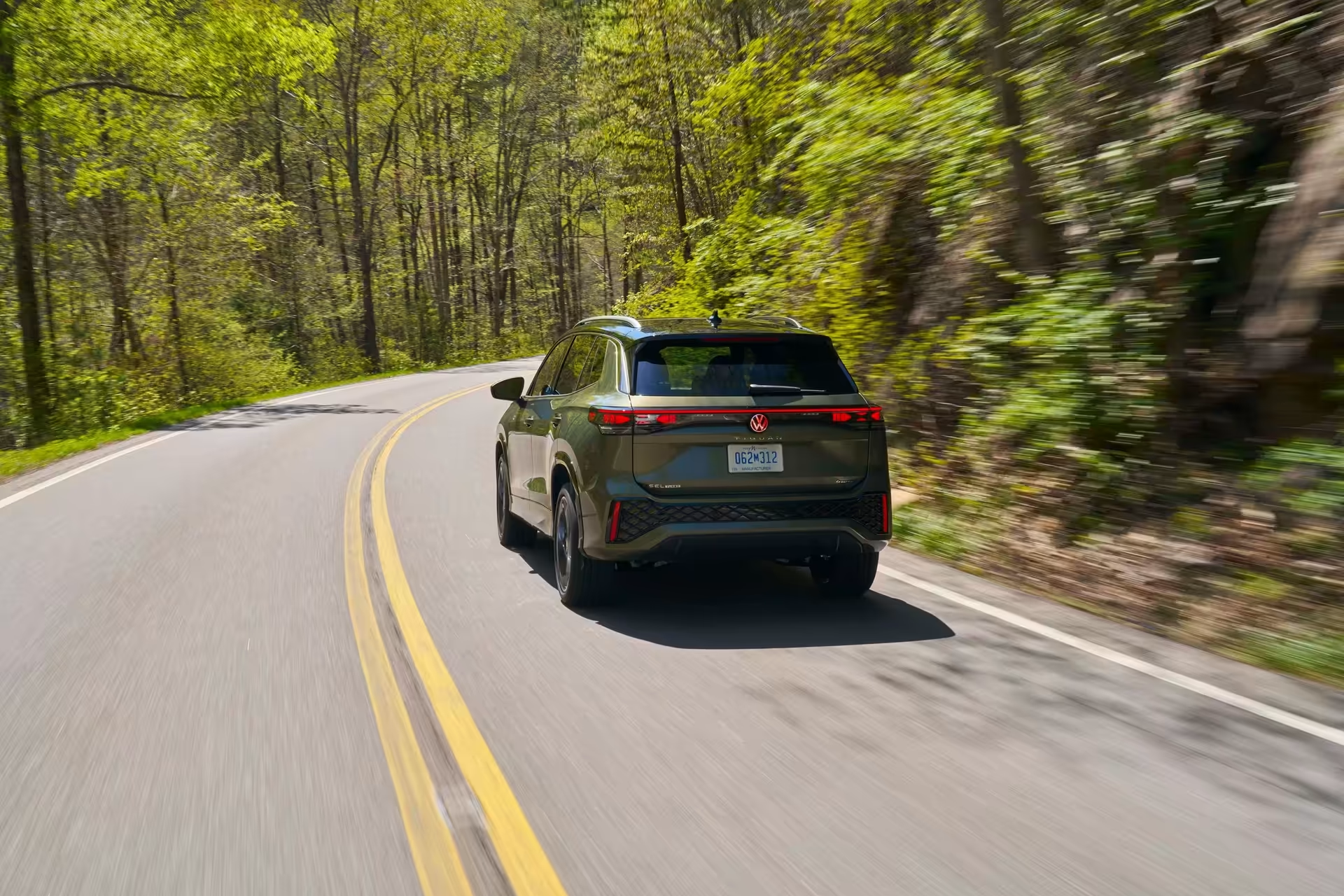
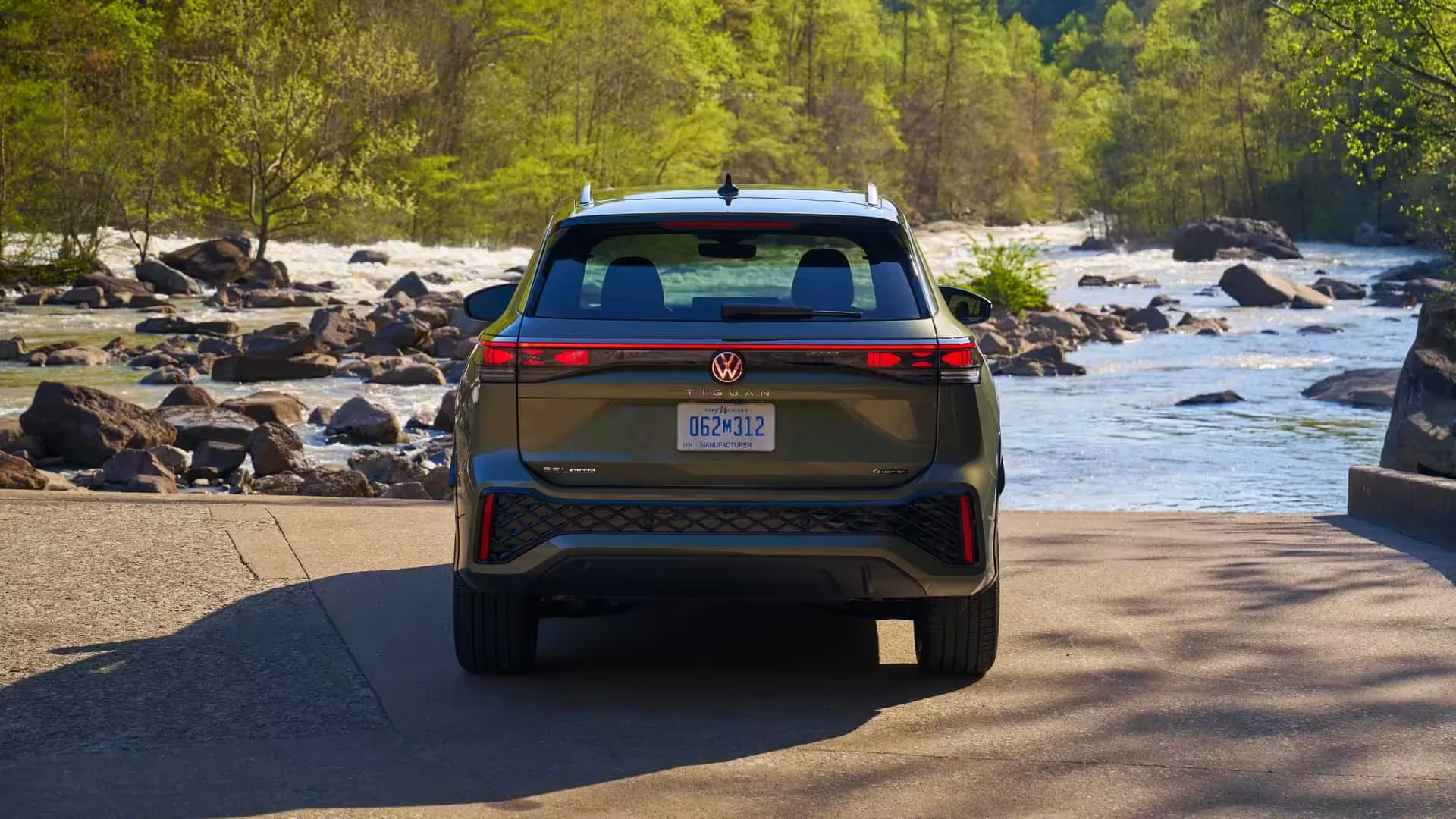
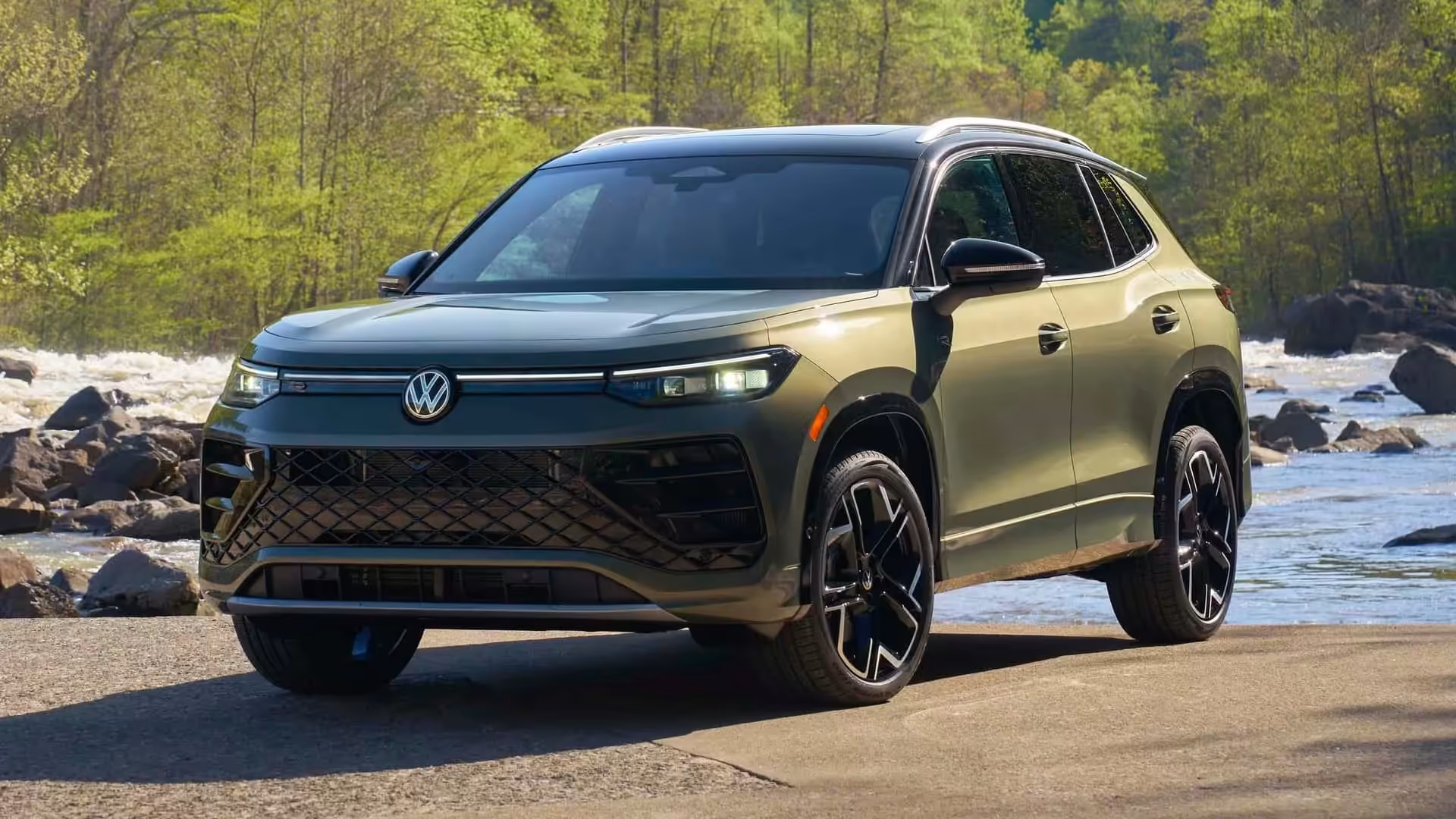

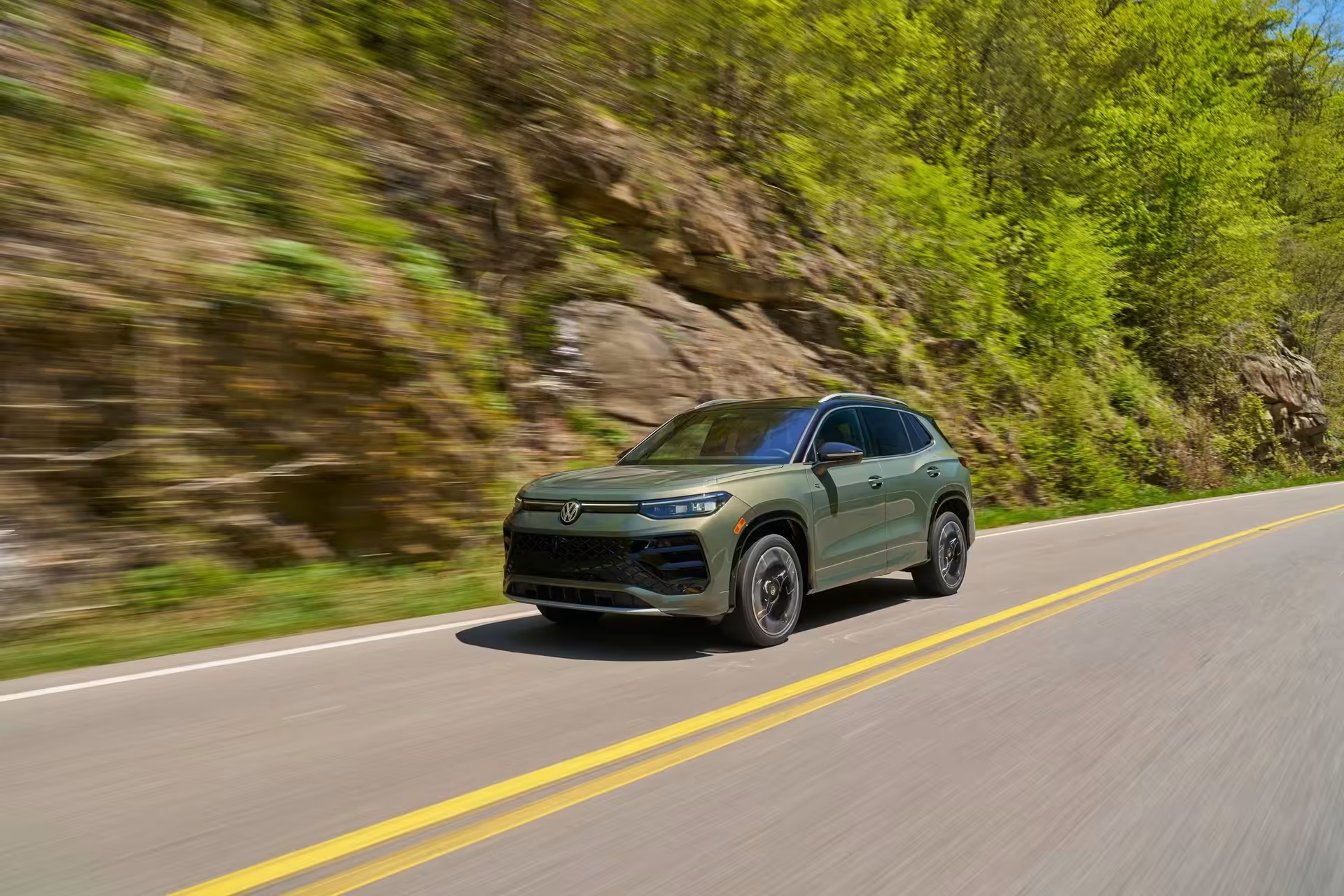


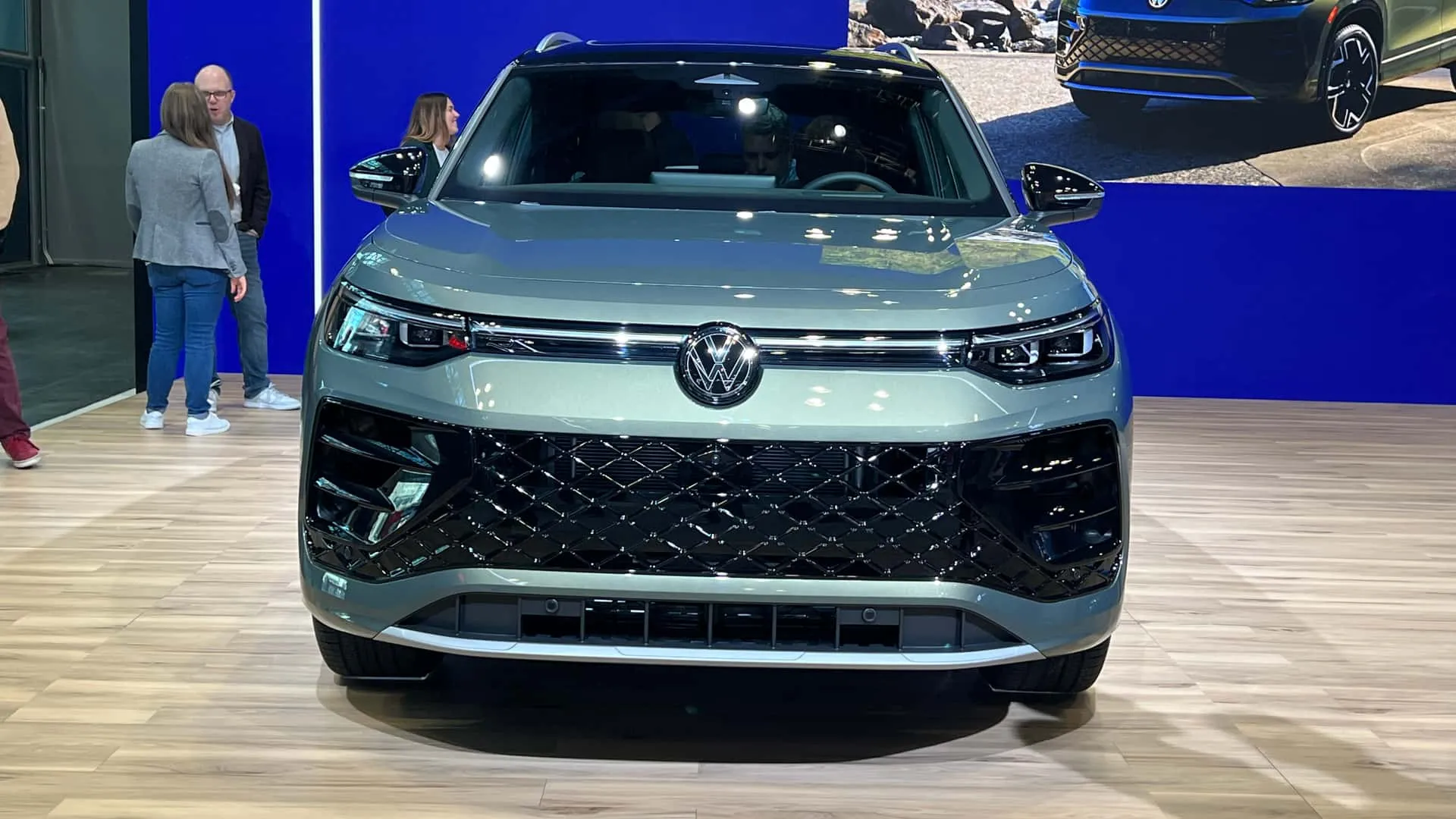
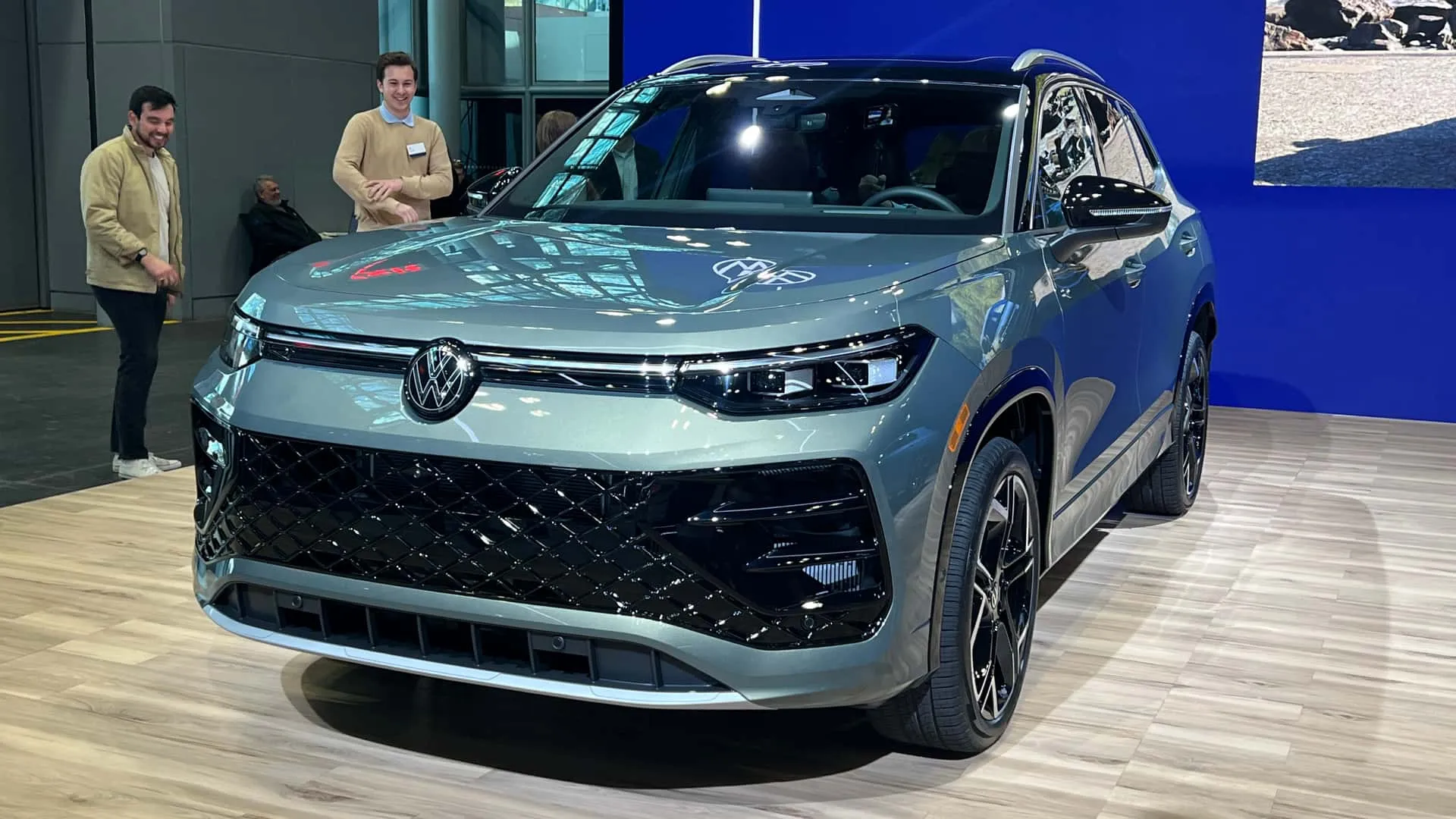
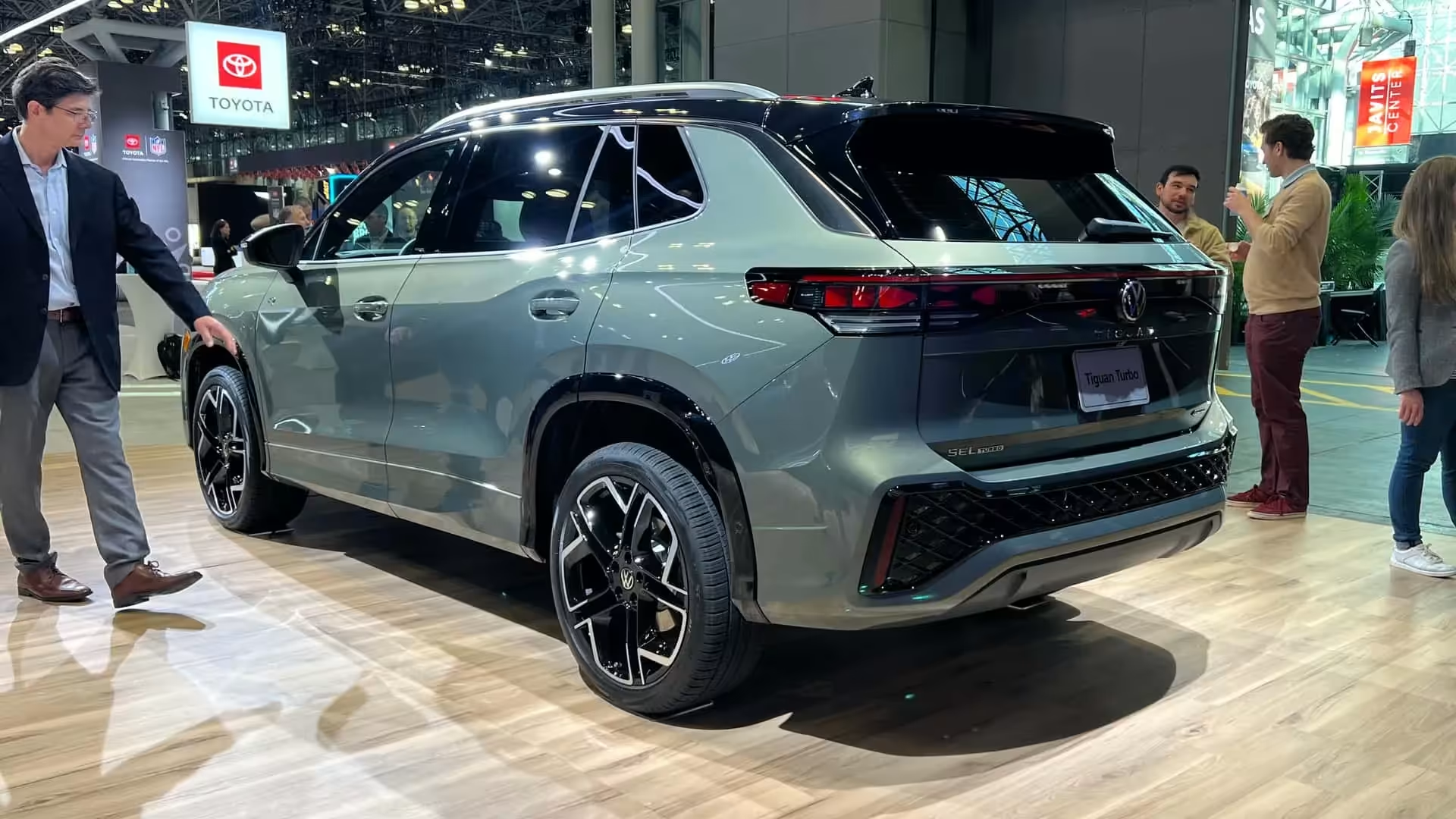


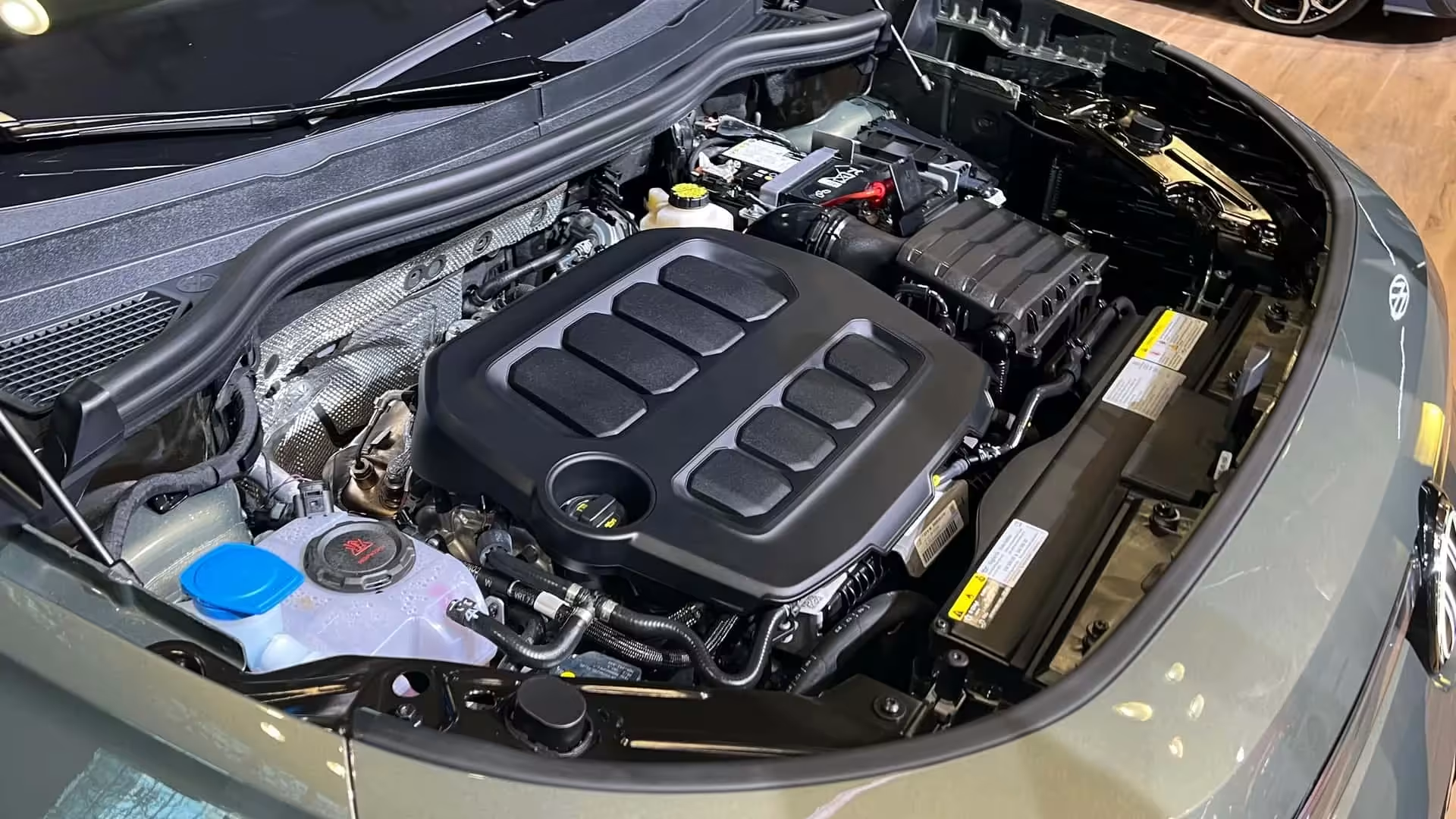
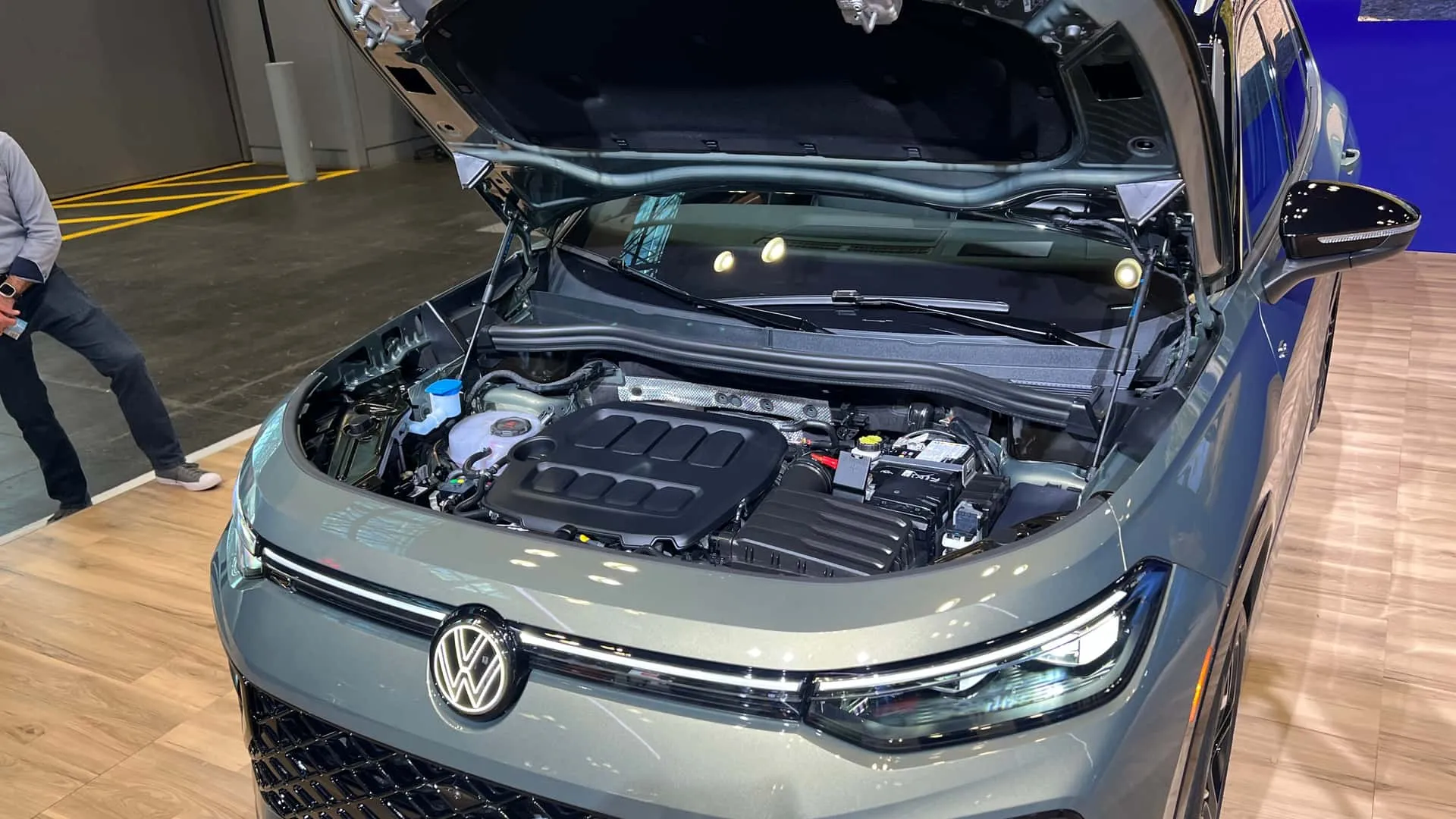

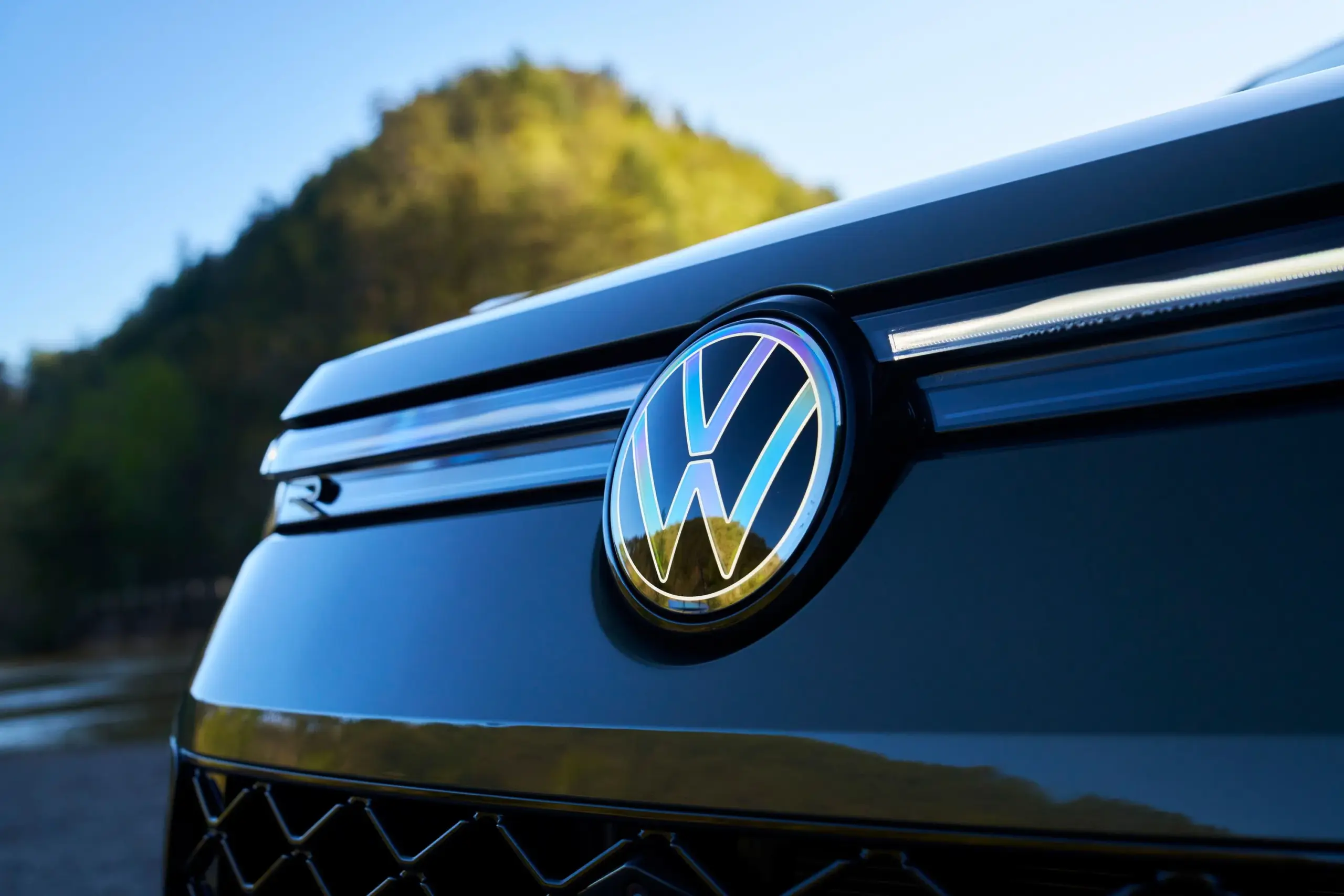
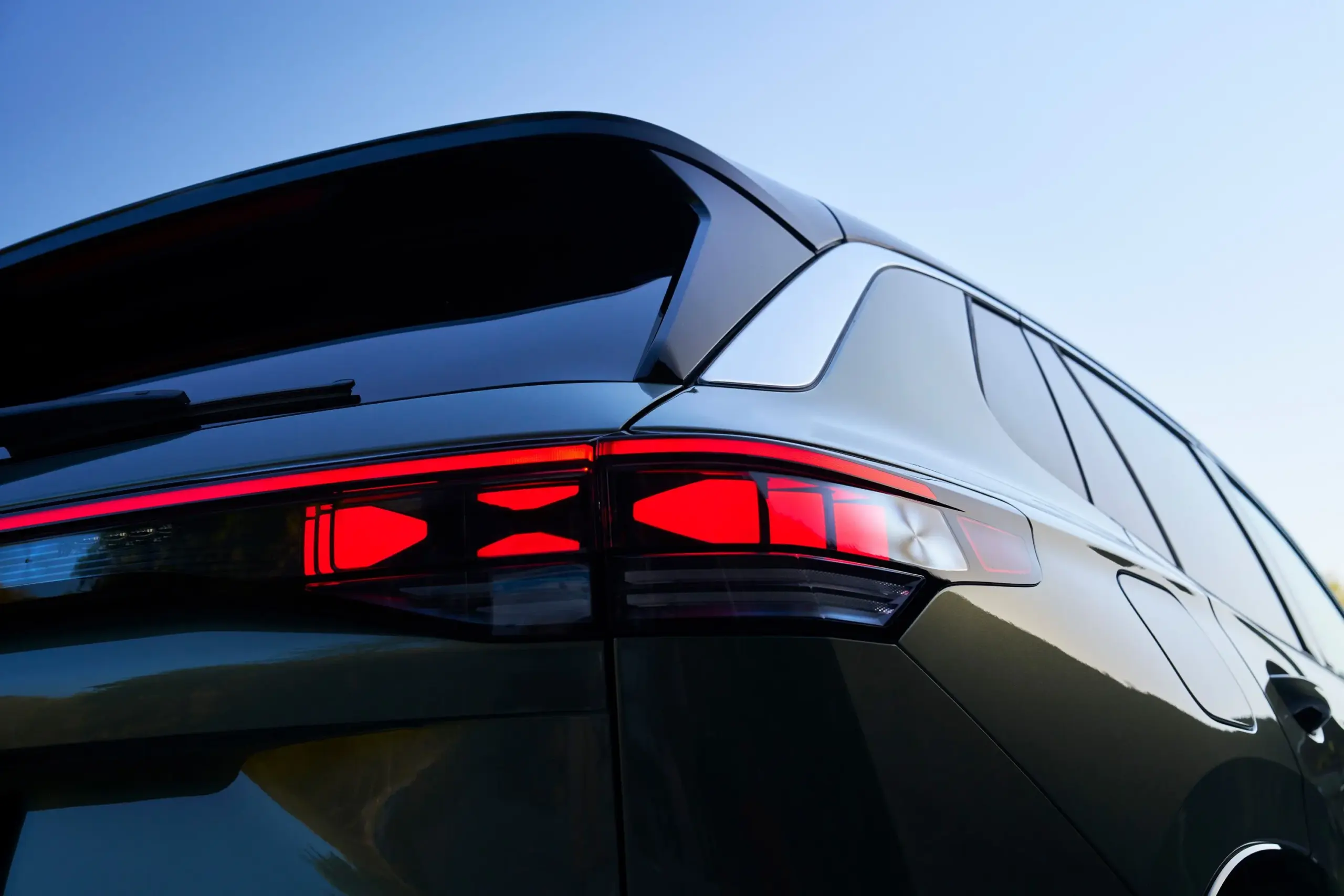
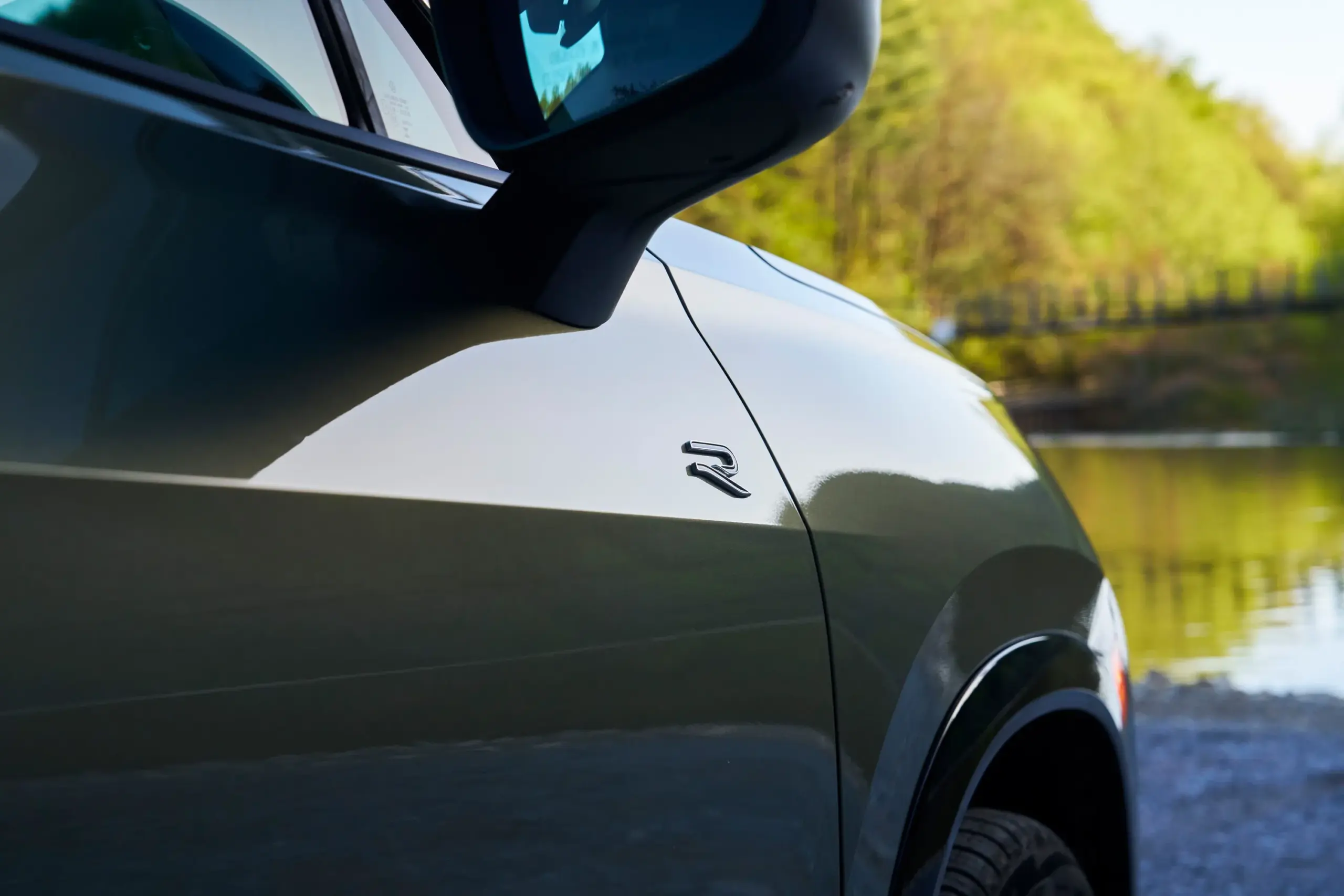
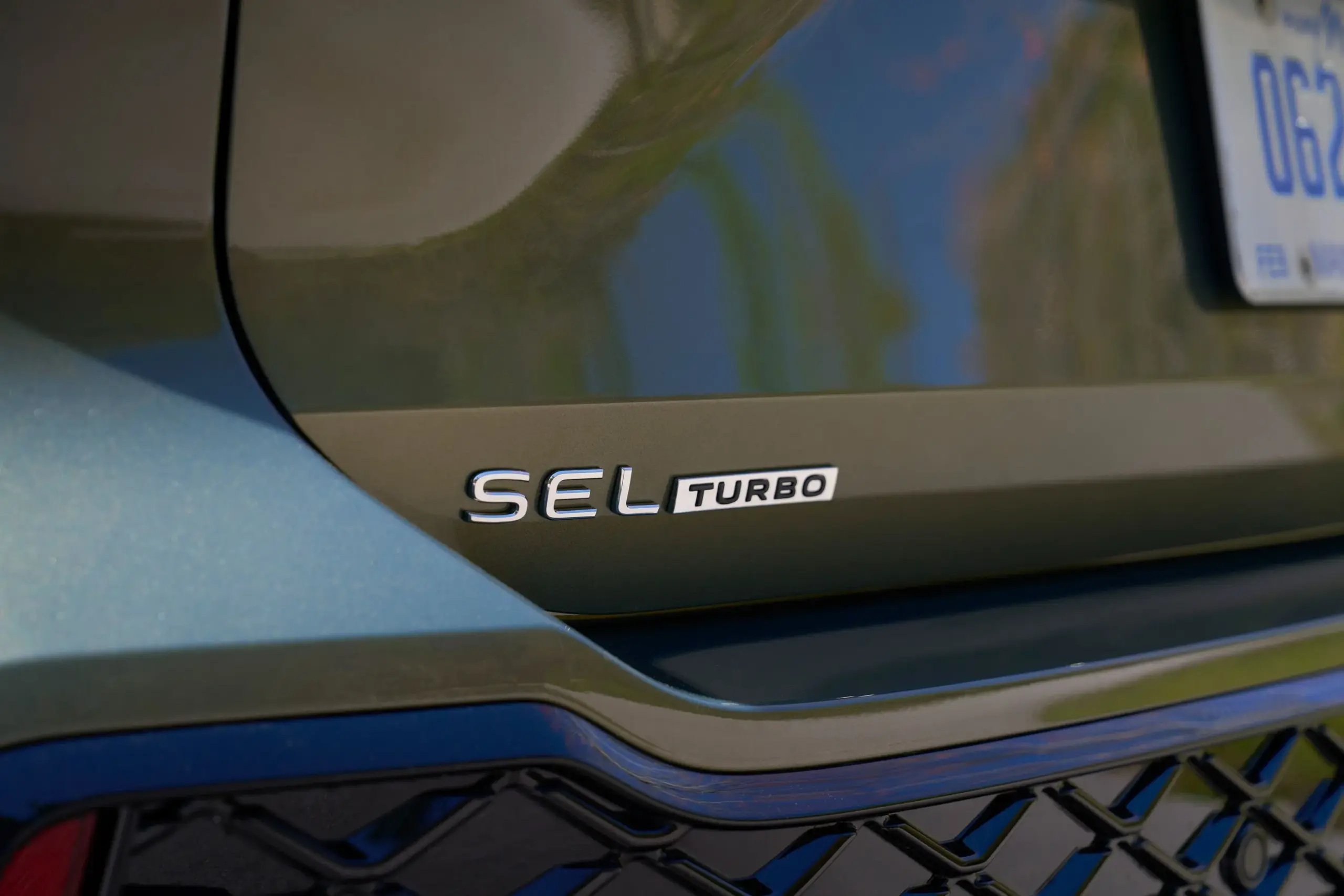
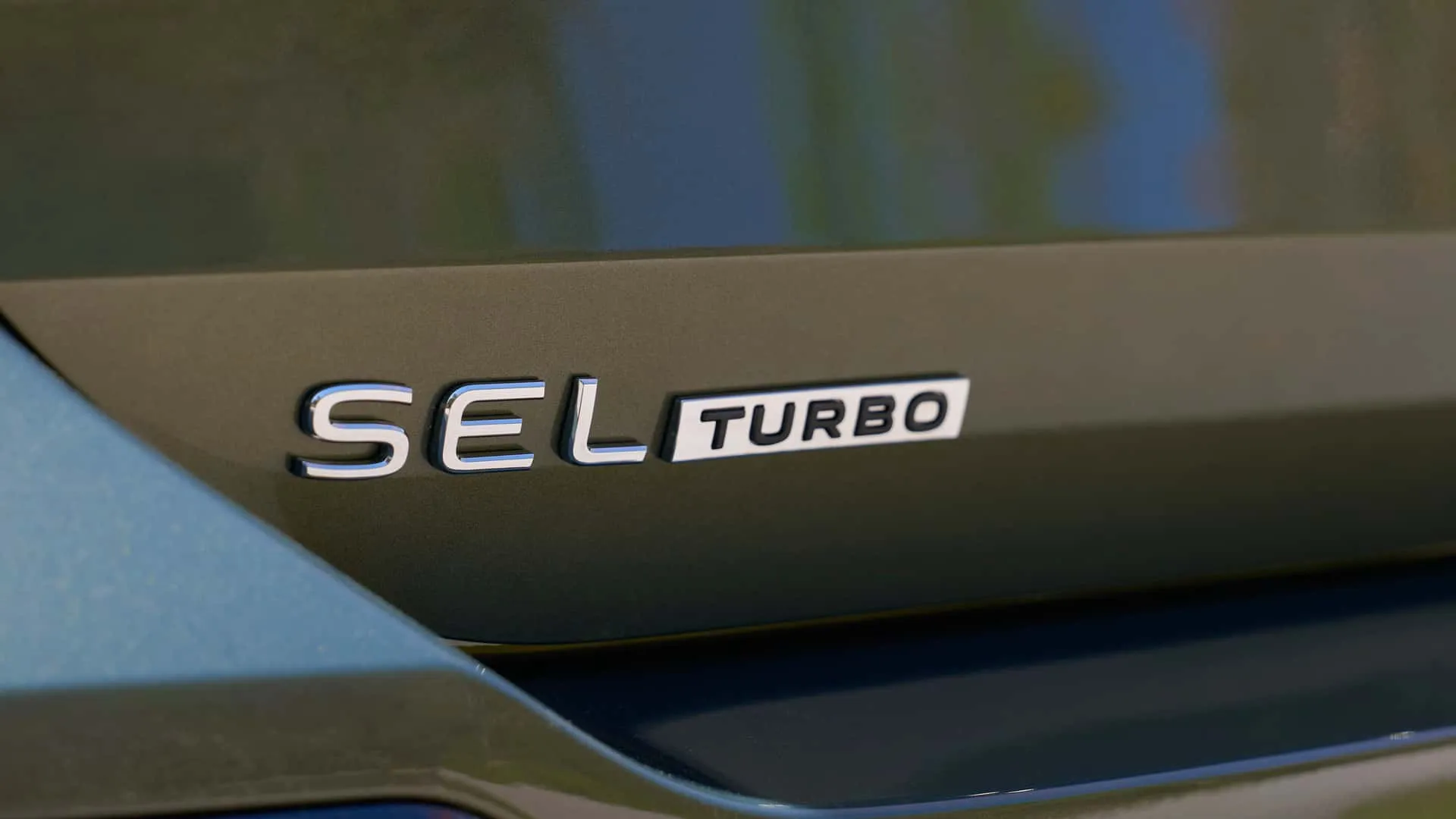
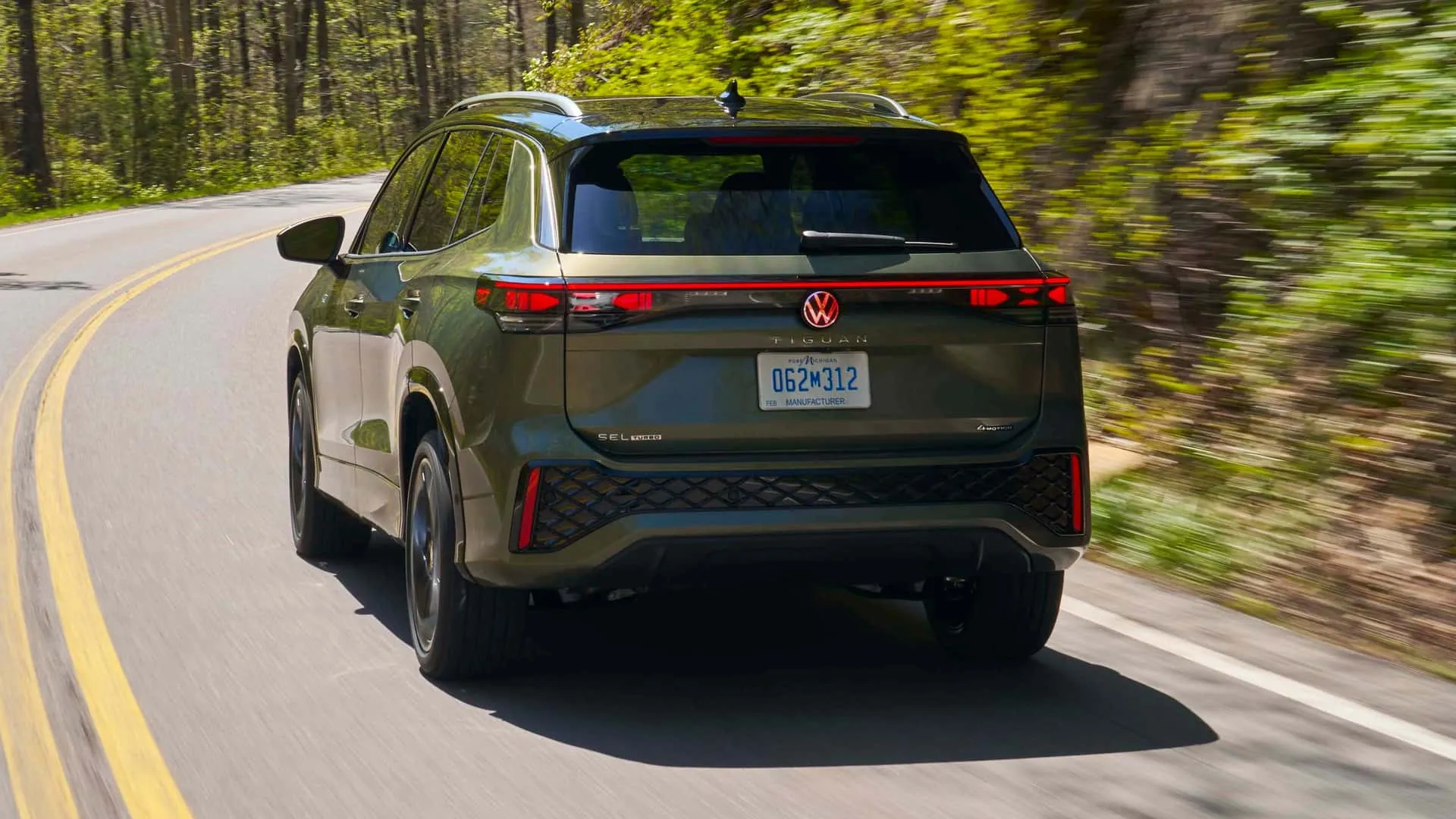
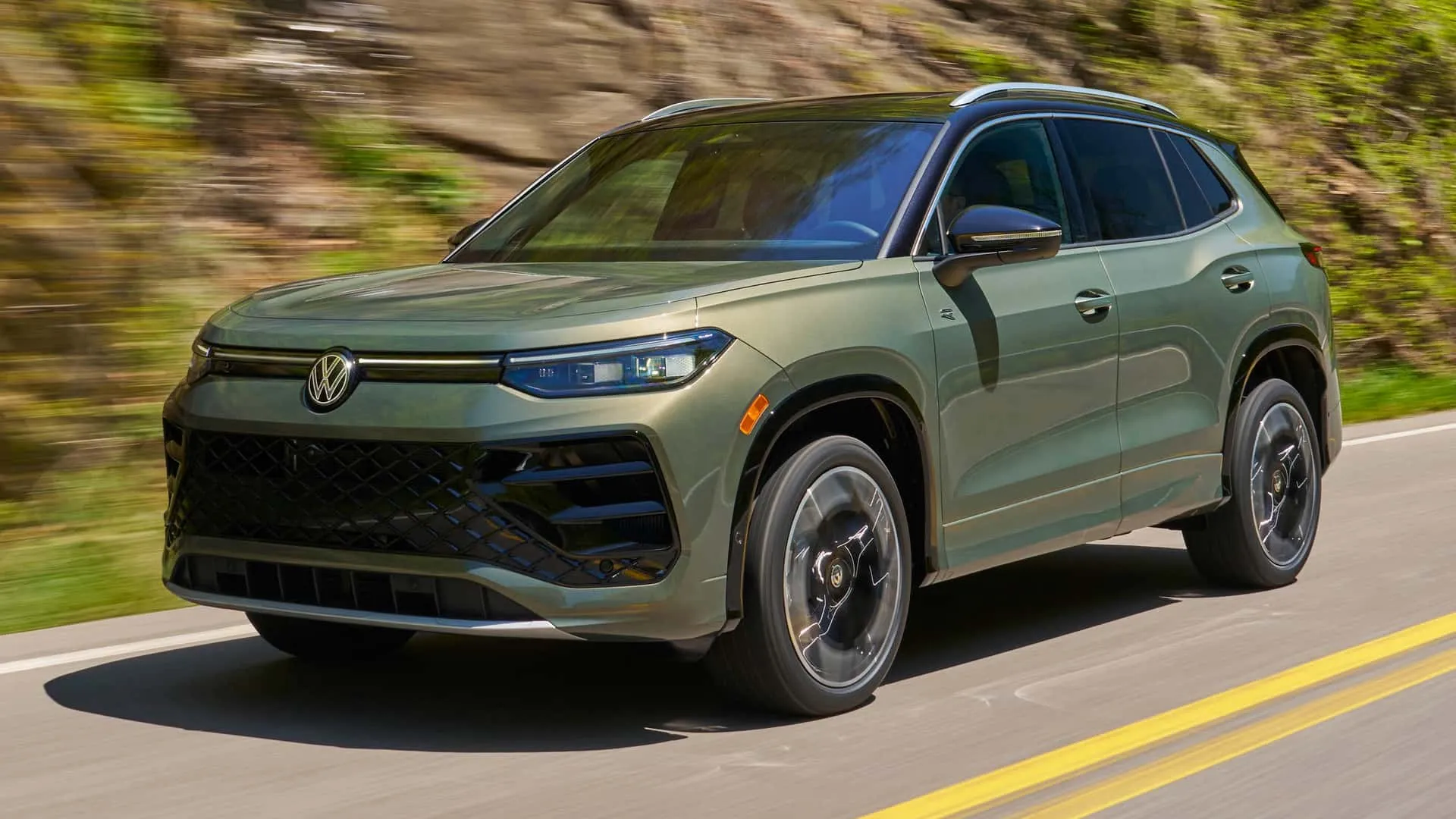
Author: Fabio Isidoro
Fabio Isidoro is the founder and editor-in-chief of Canal Carro, where he has been writing about the automotive world since 2022. Passionate about cars and technology, he began his journey on the HospedandoSites portal and today dedicates himself to creating technical content and comprehensive analyses of national and international vehicles. 📩 Contact: contato@canalcarro.net.br

